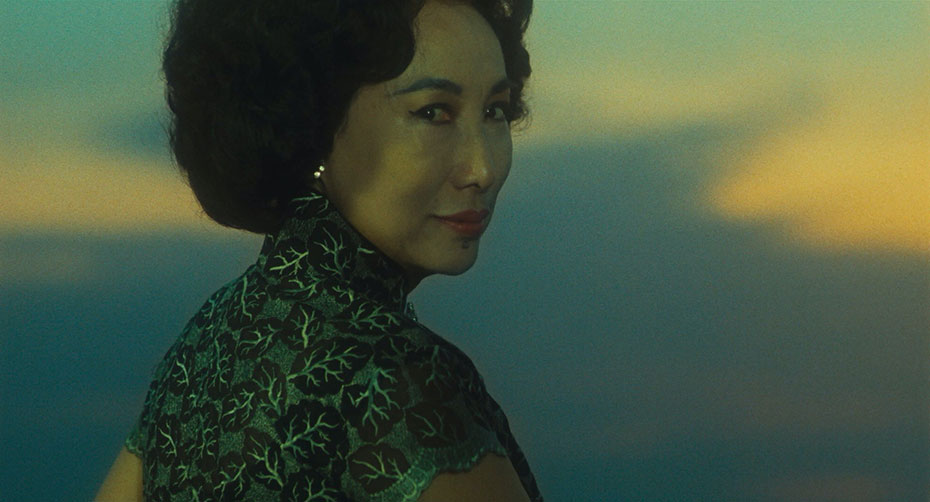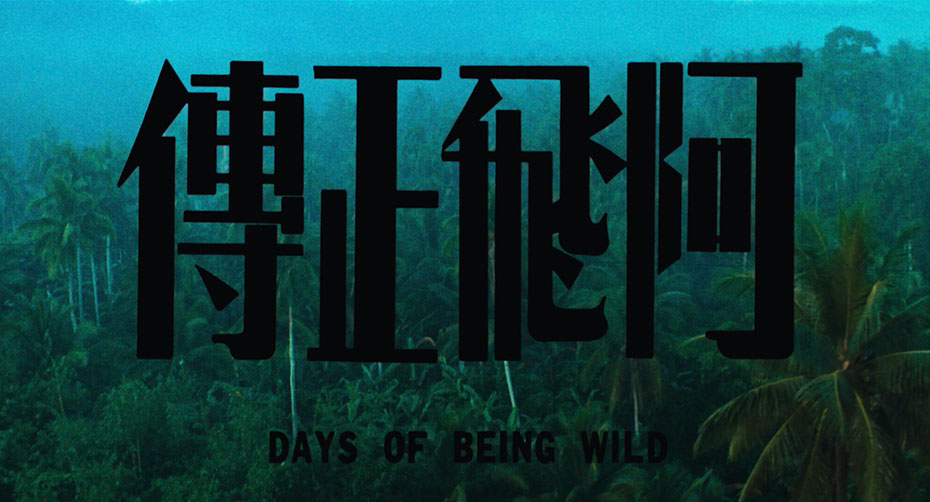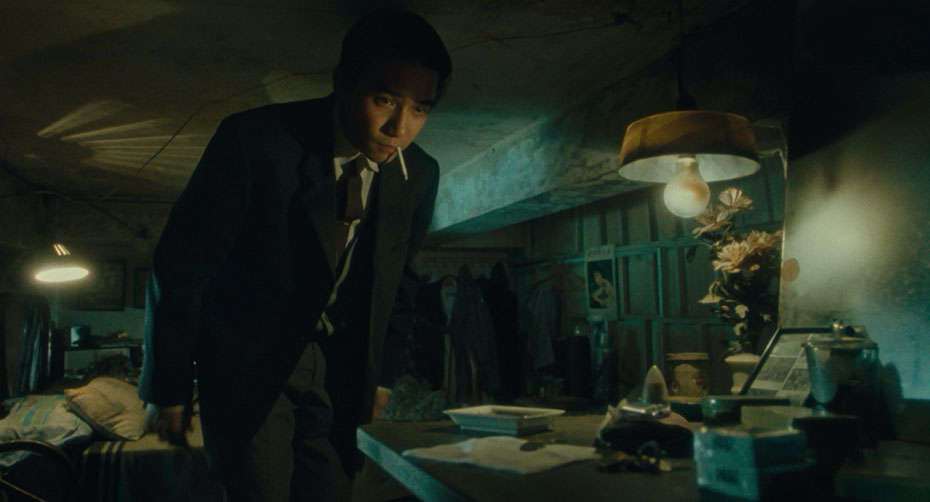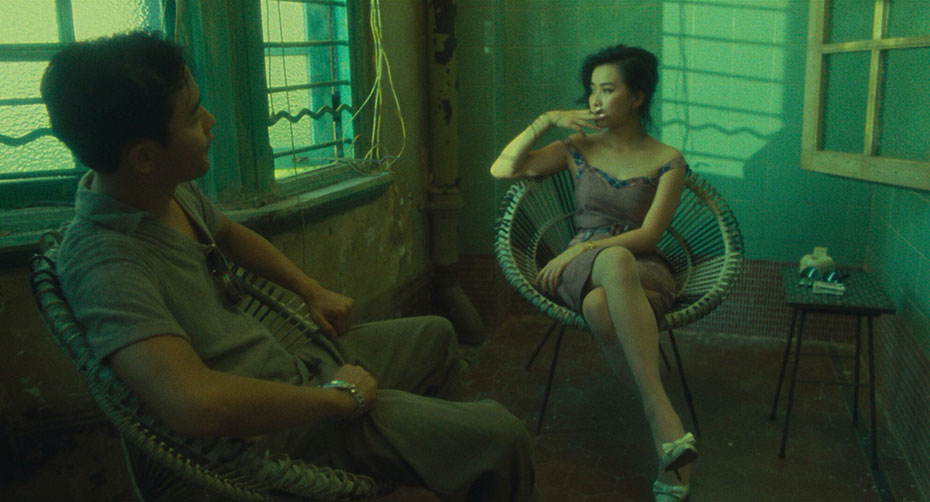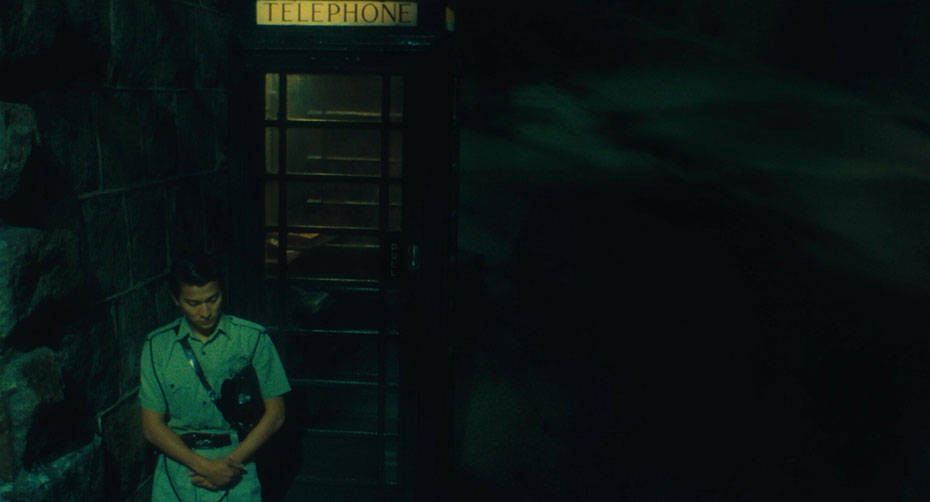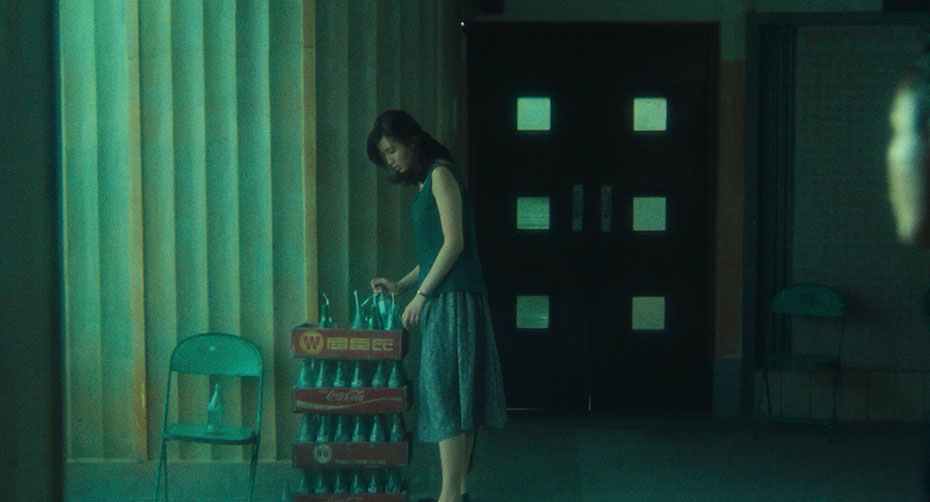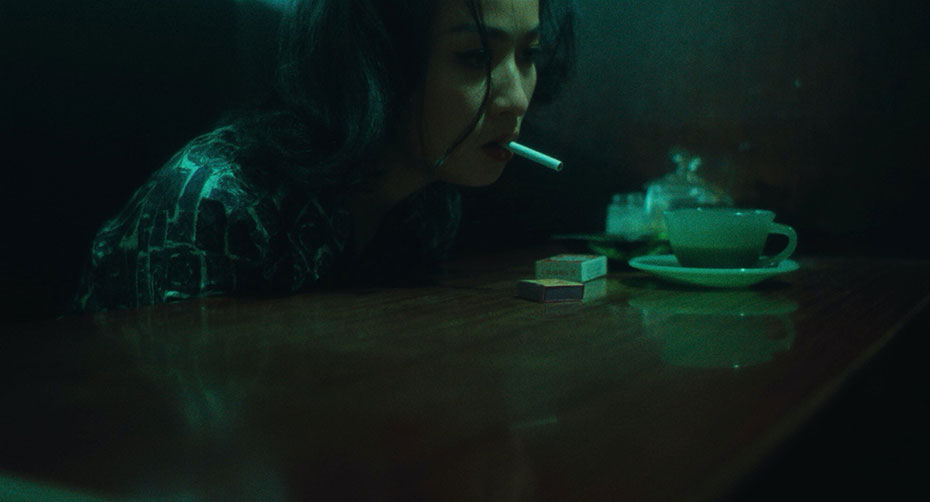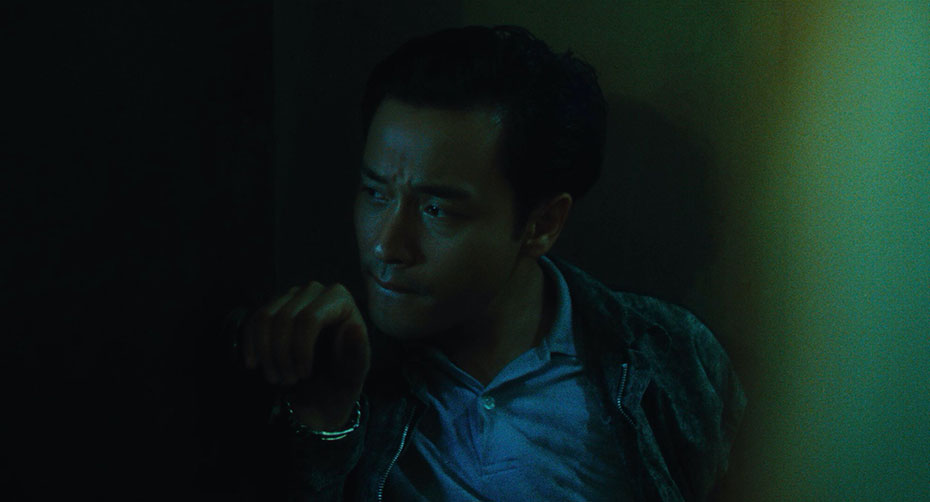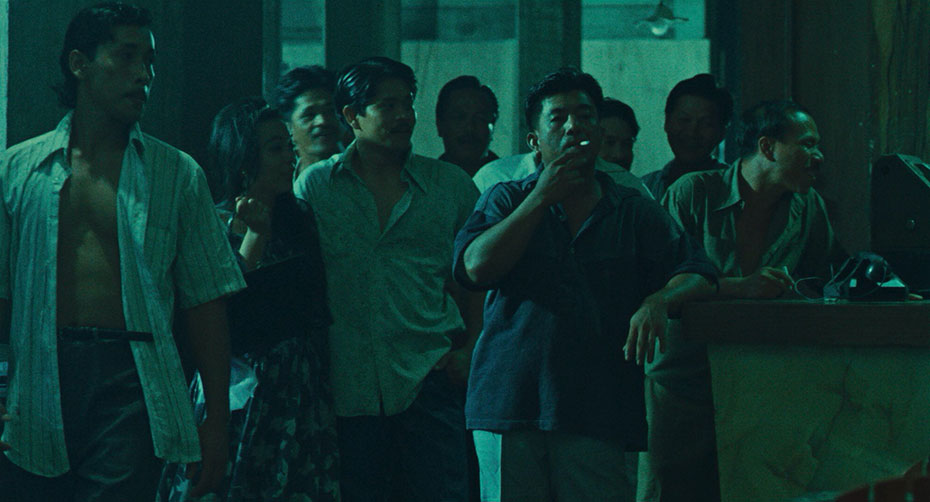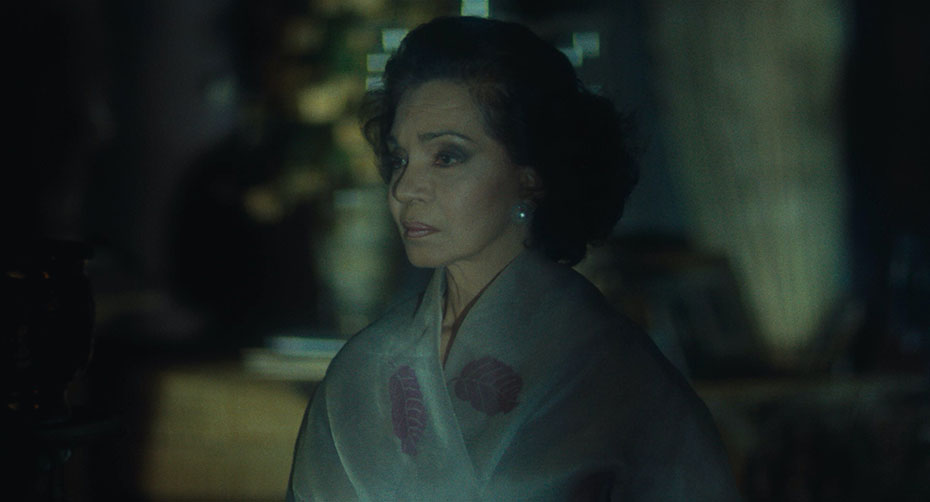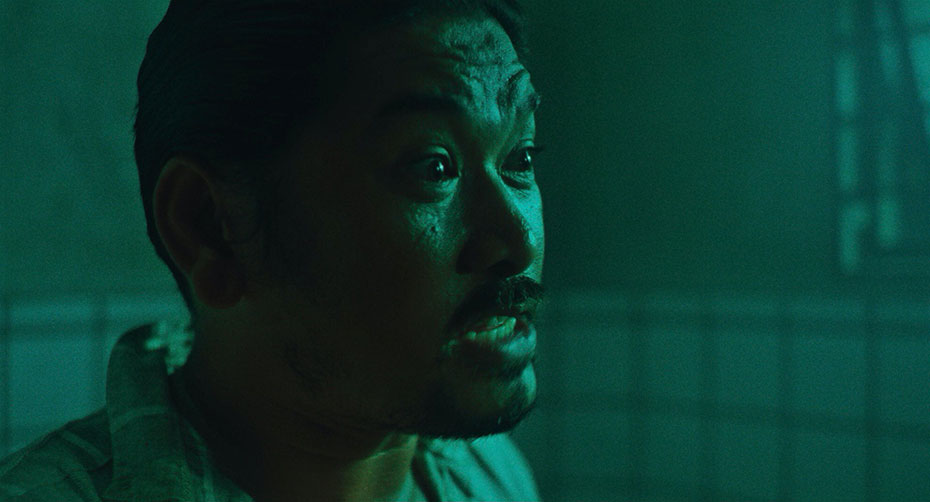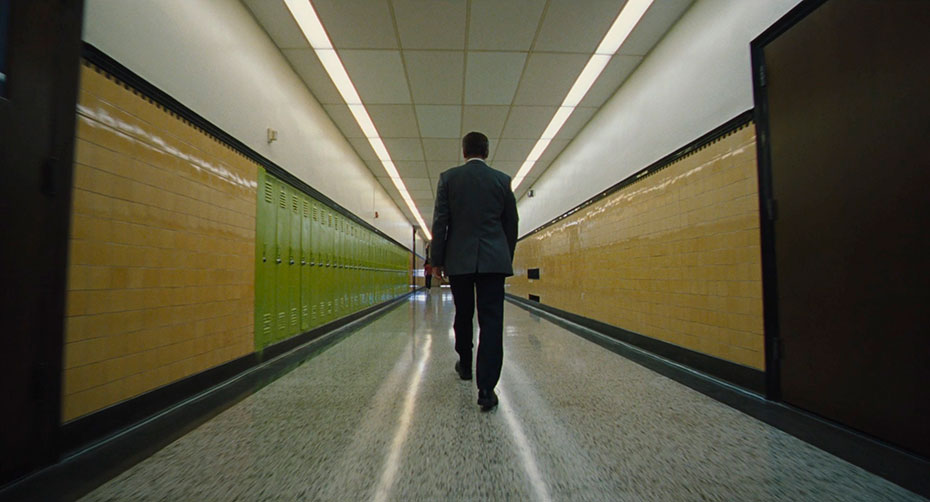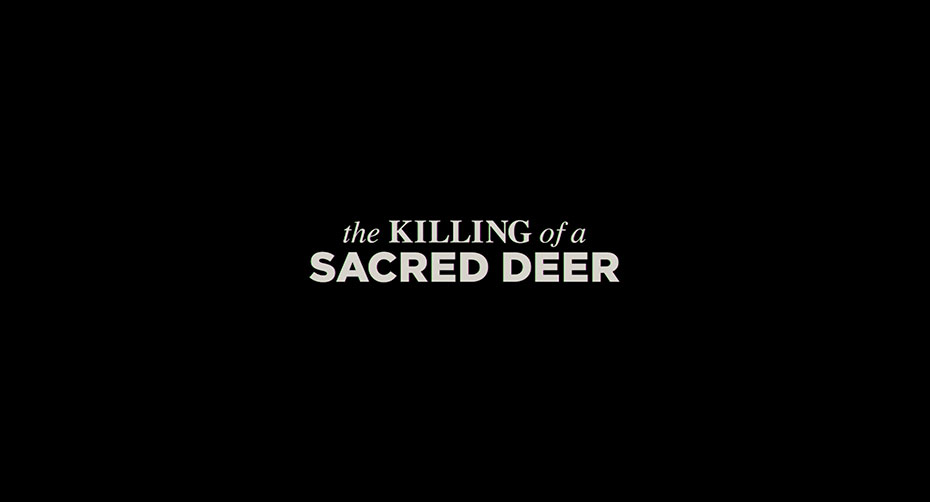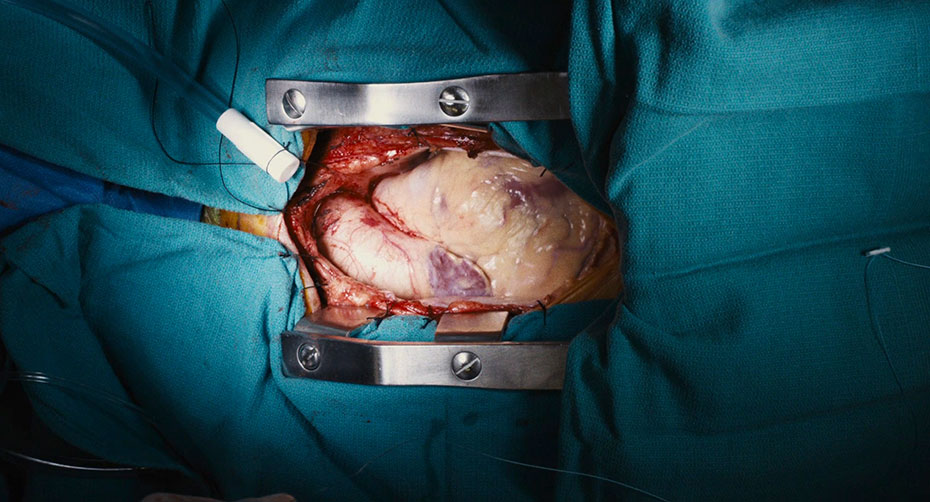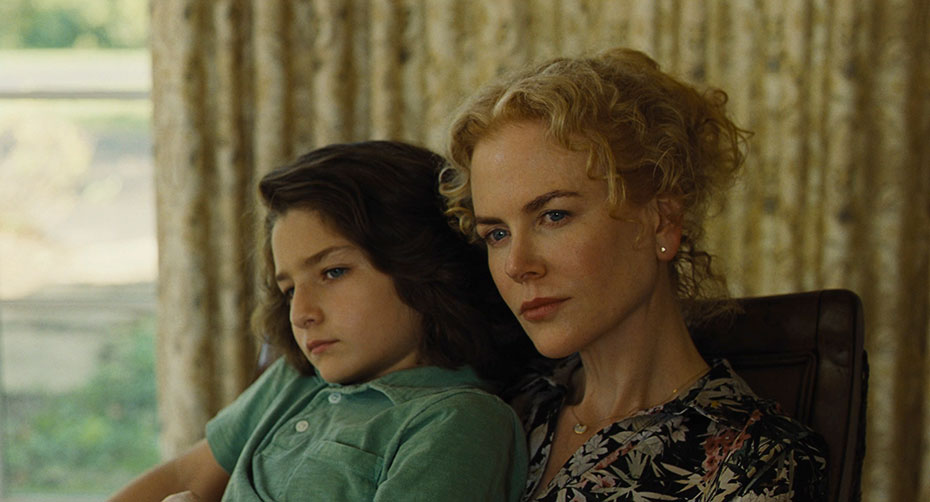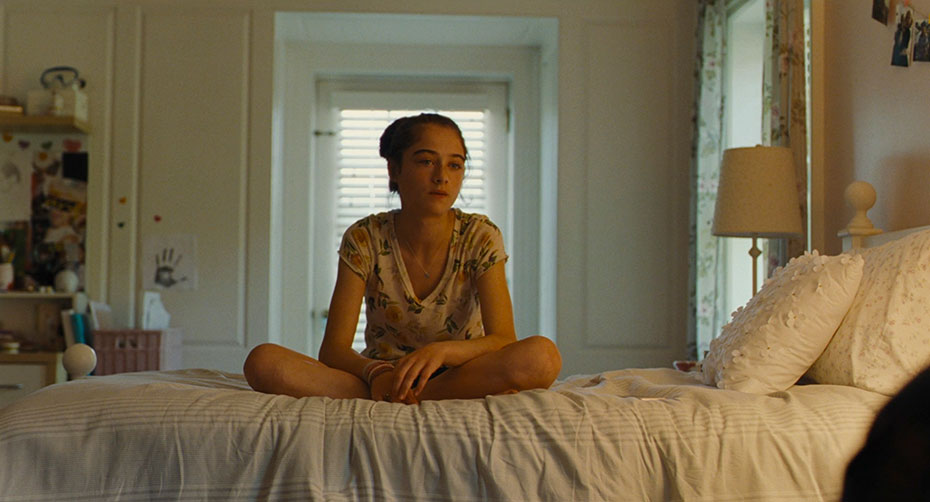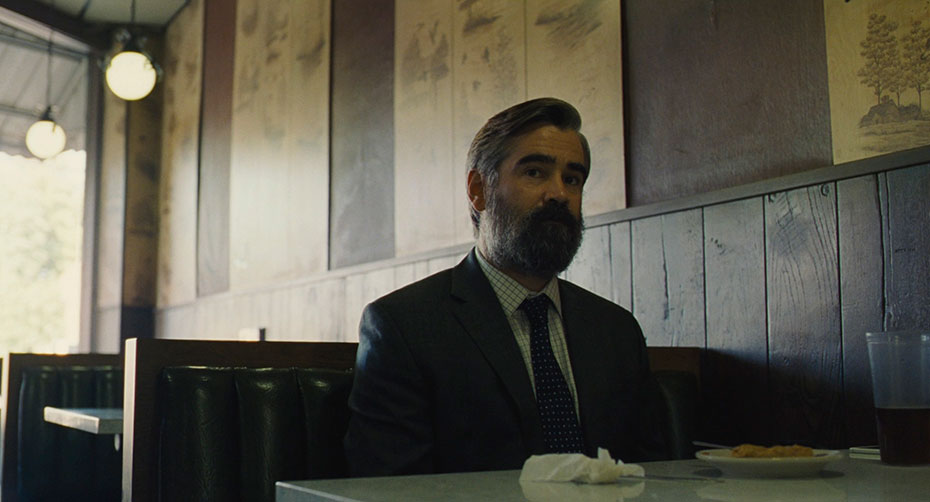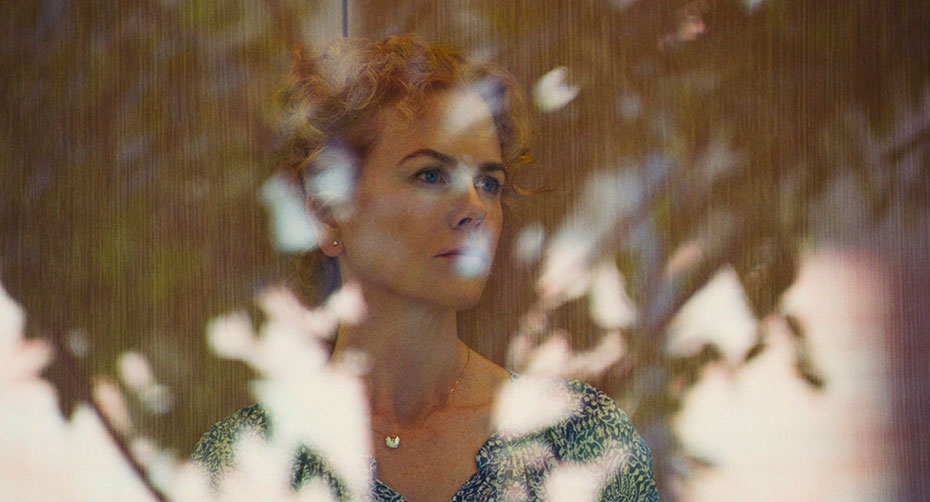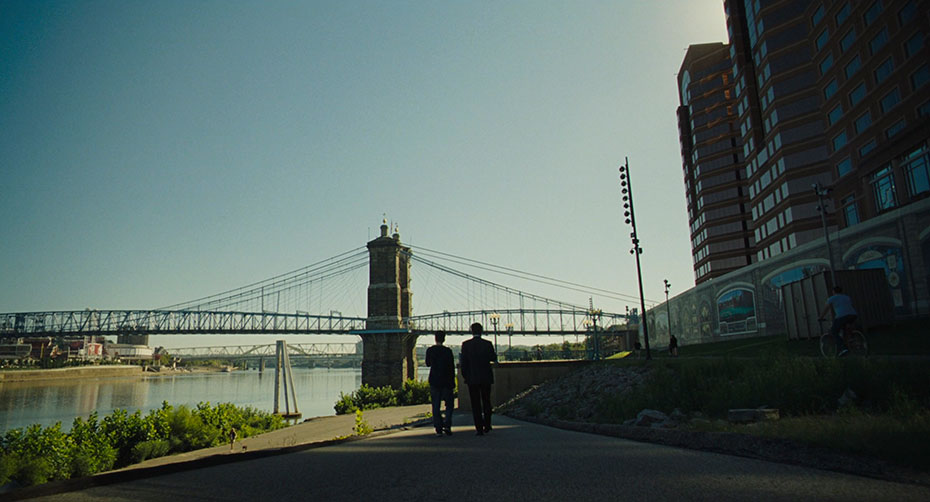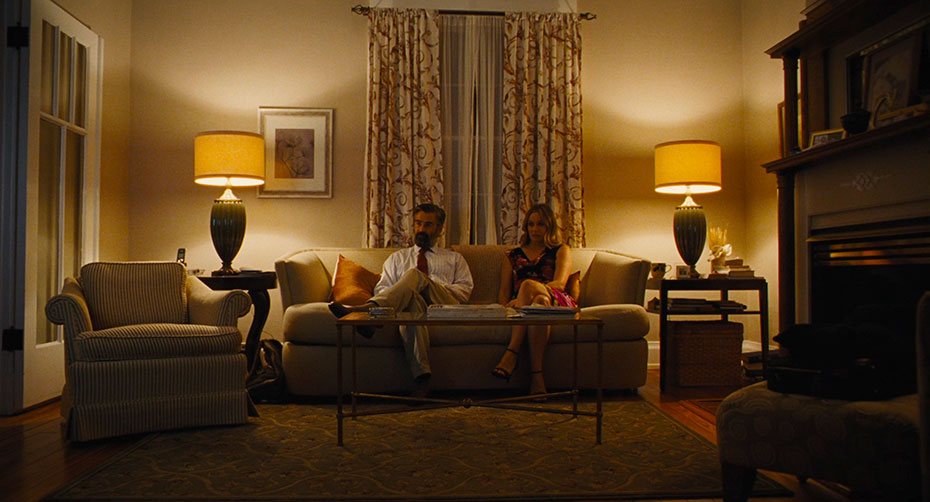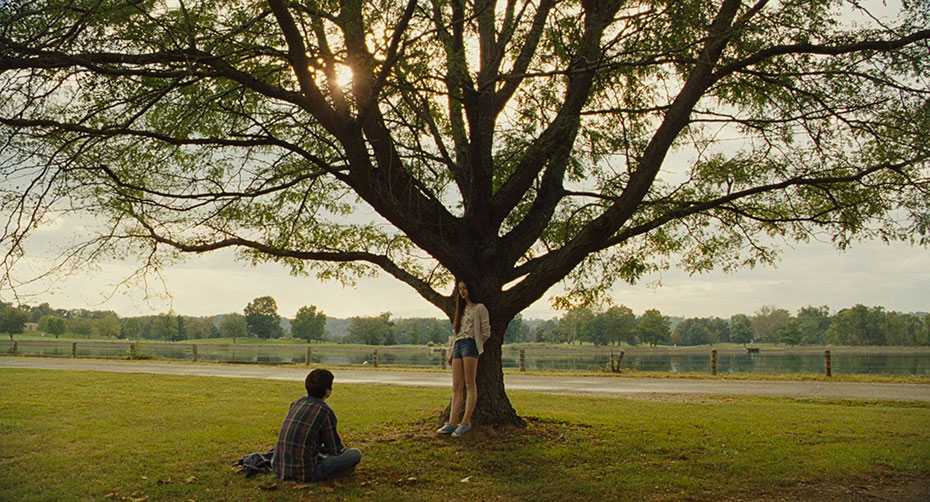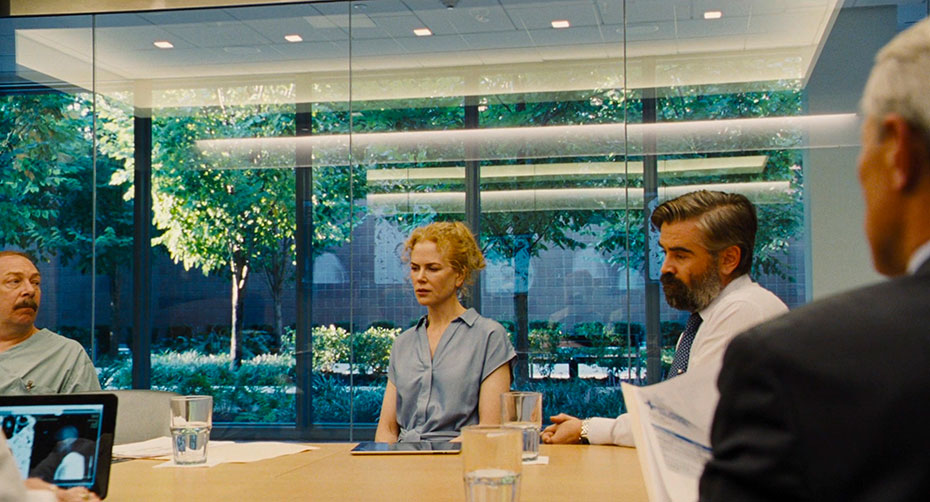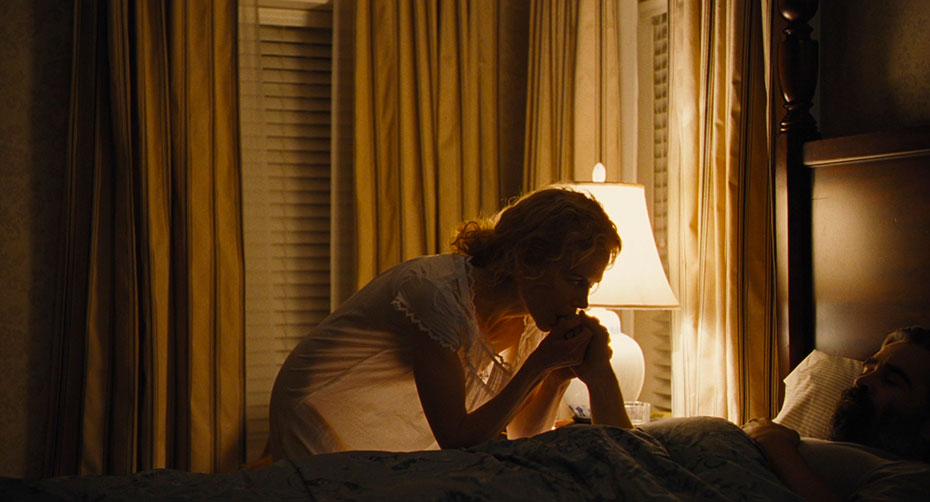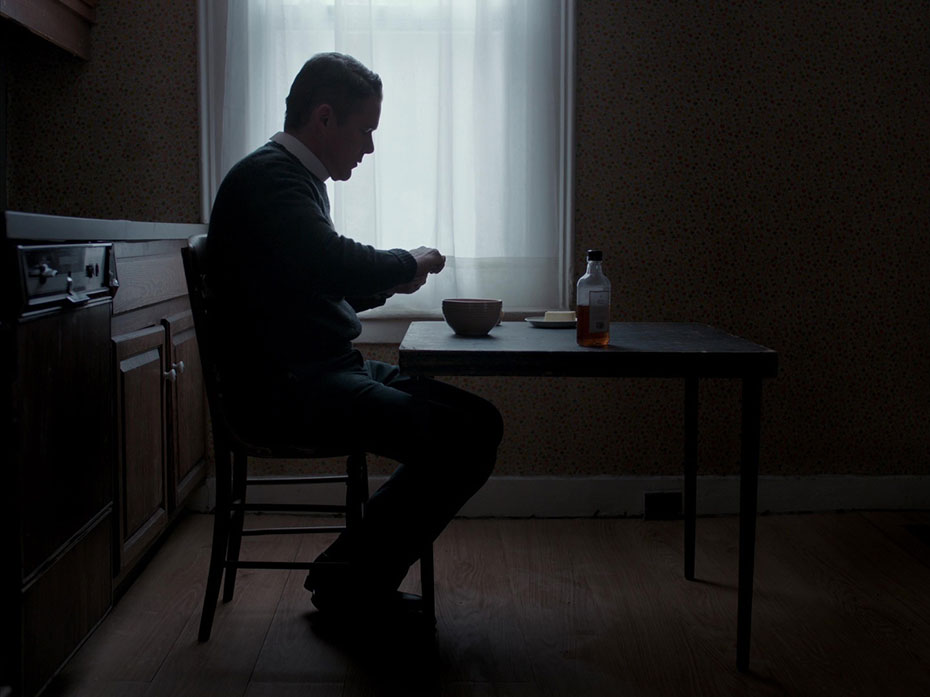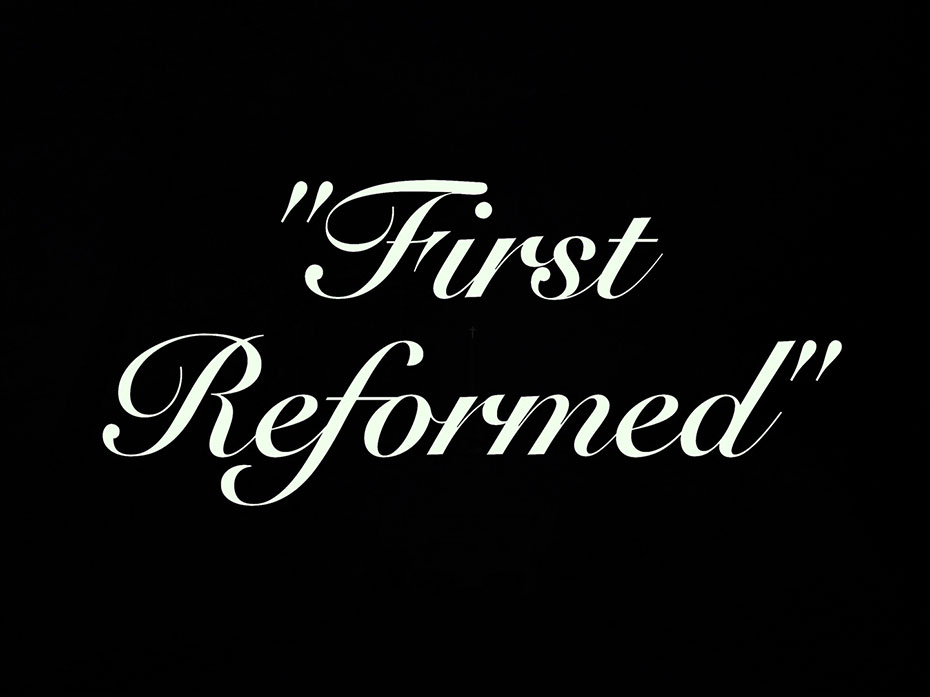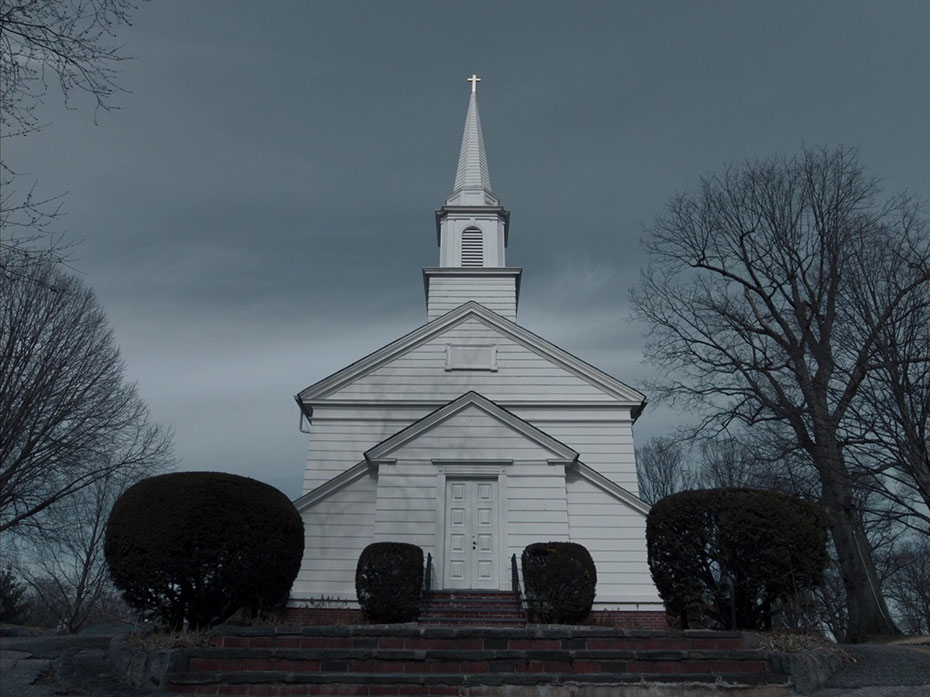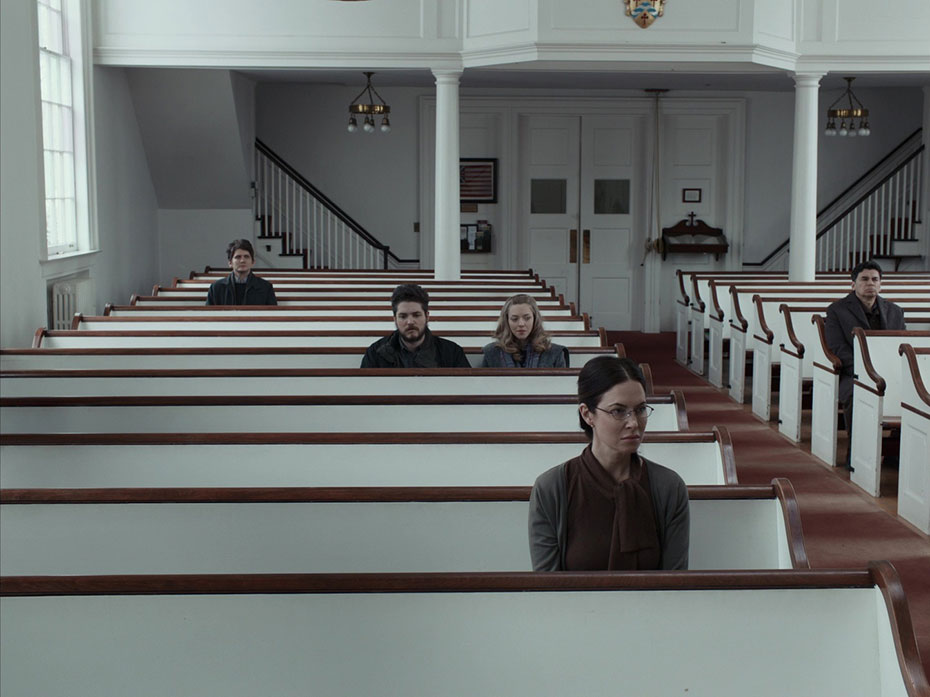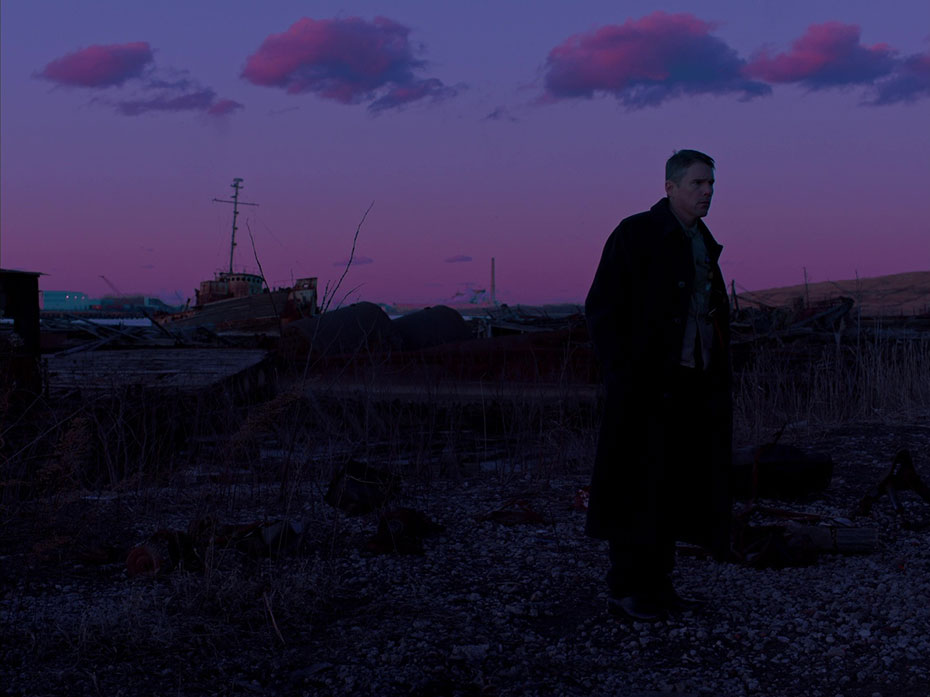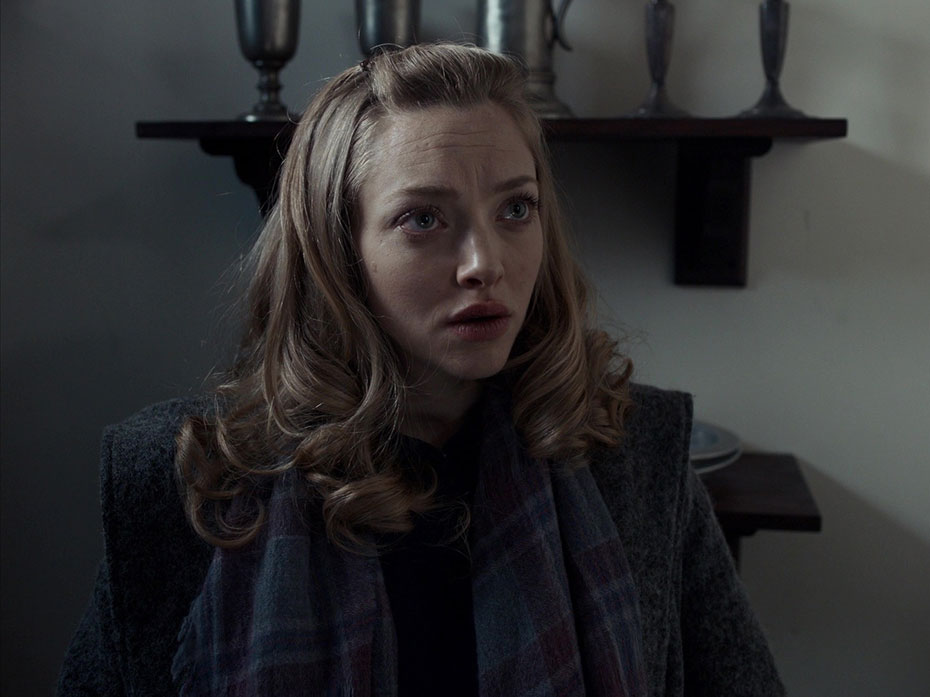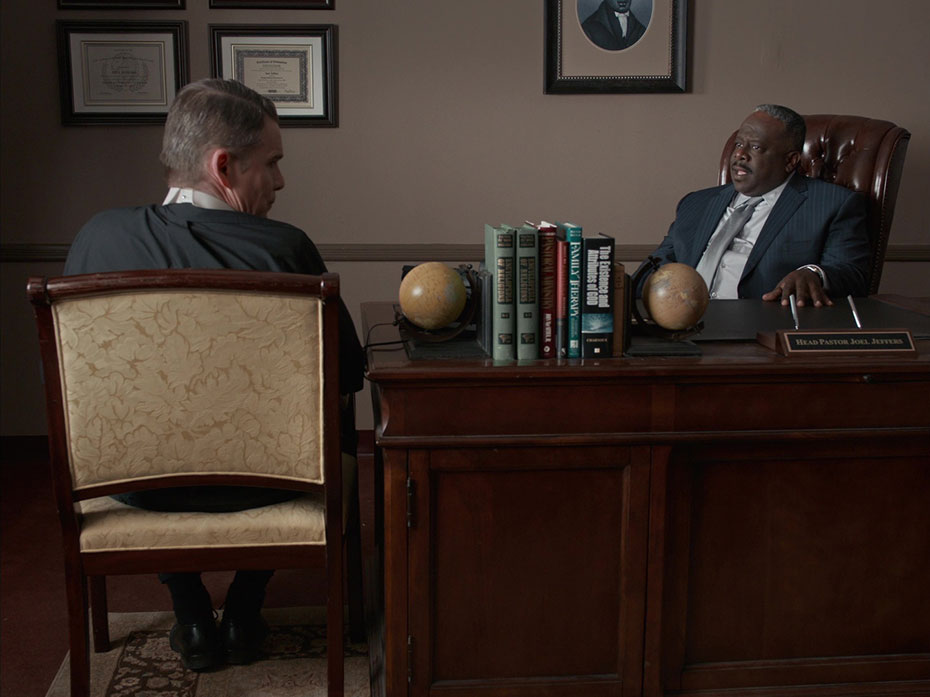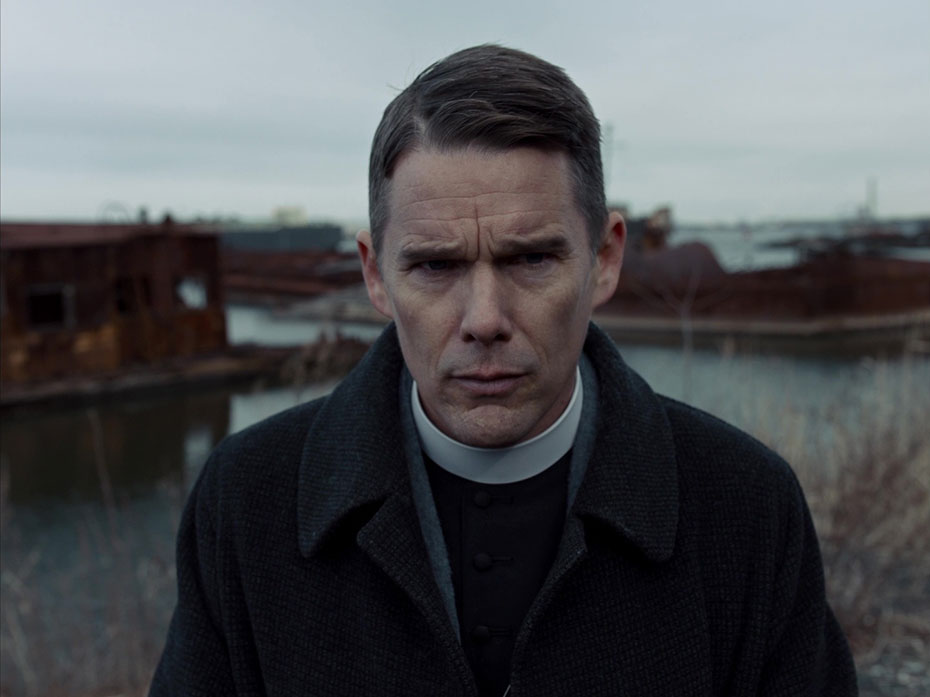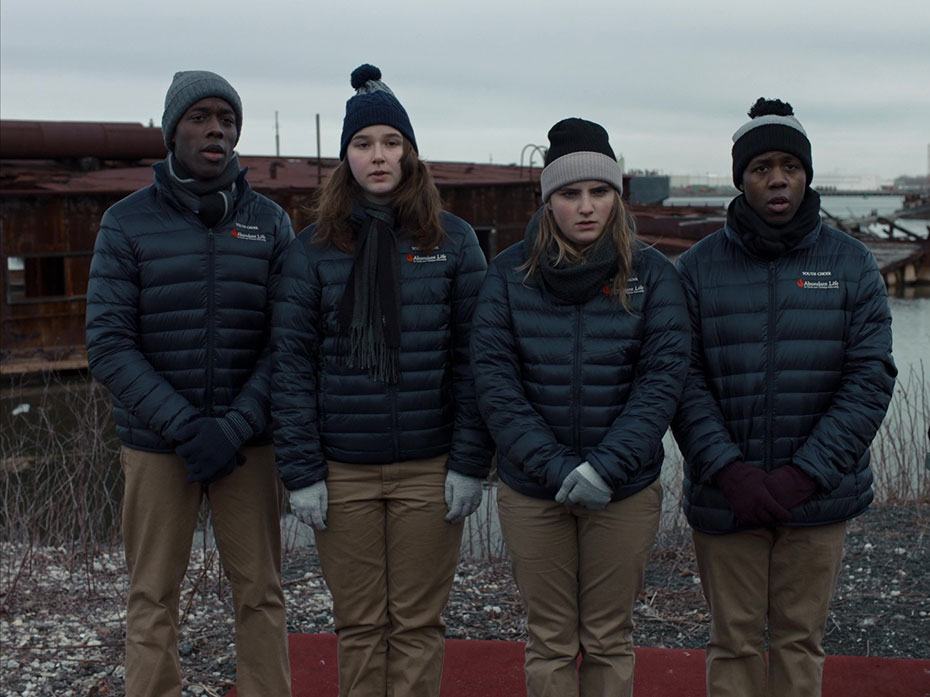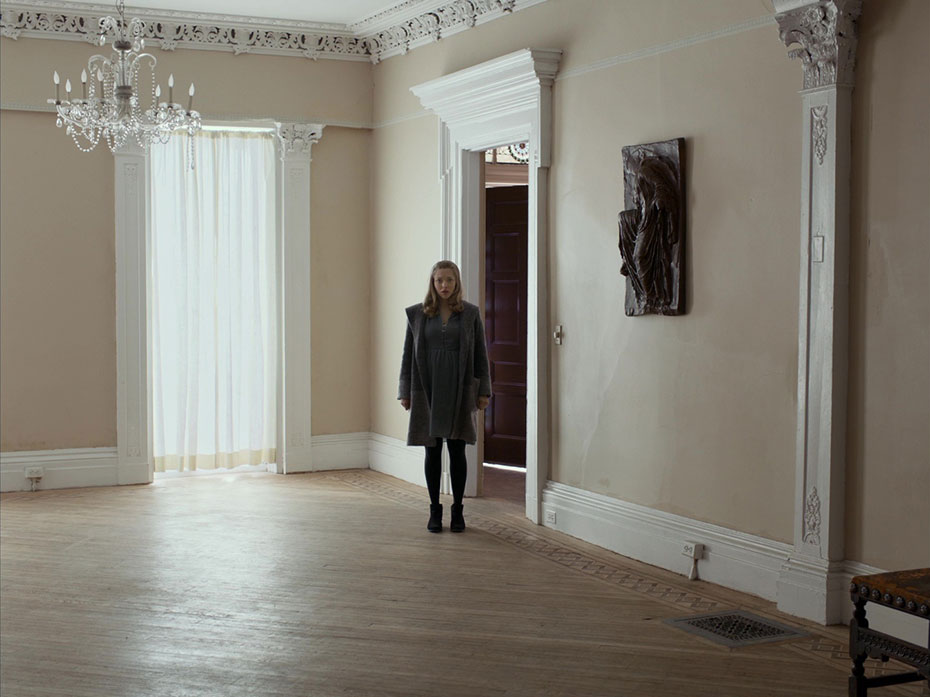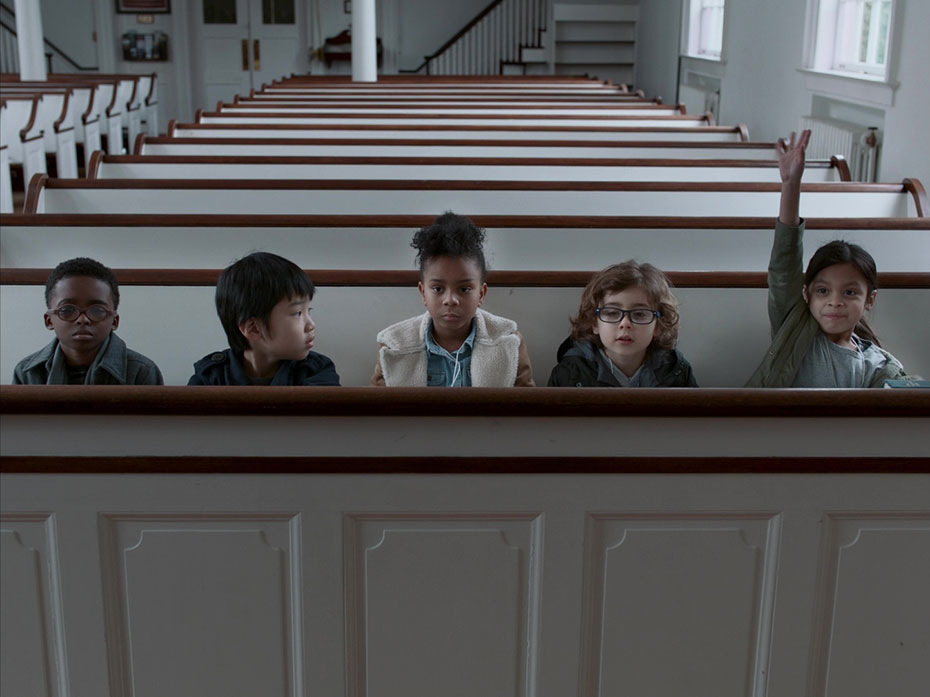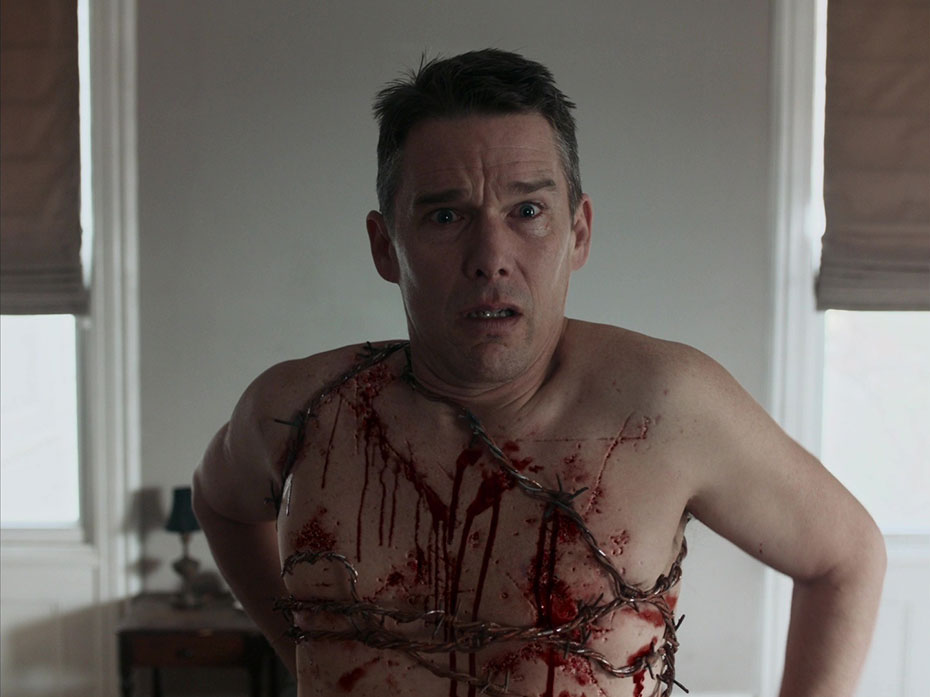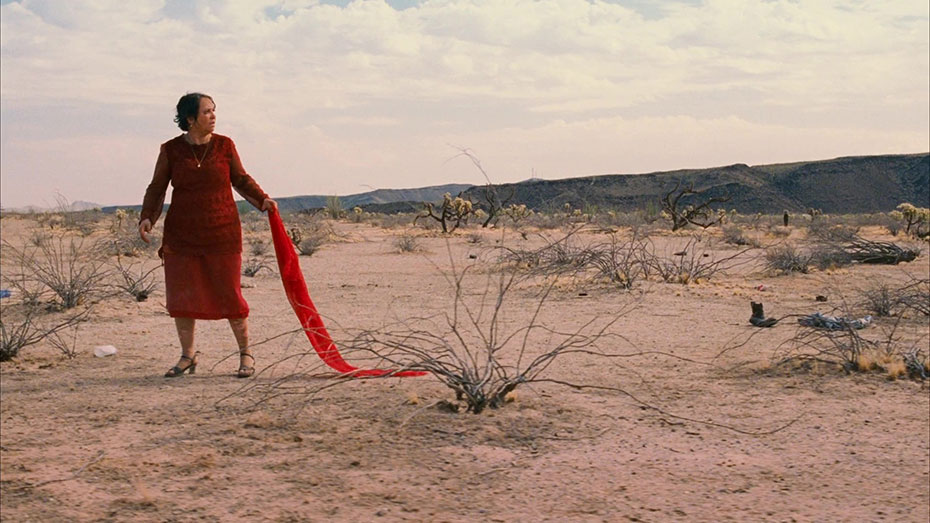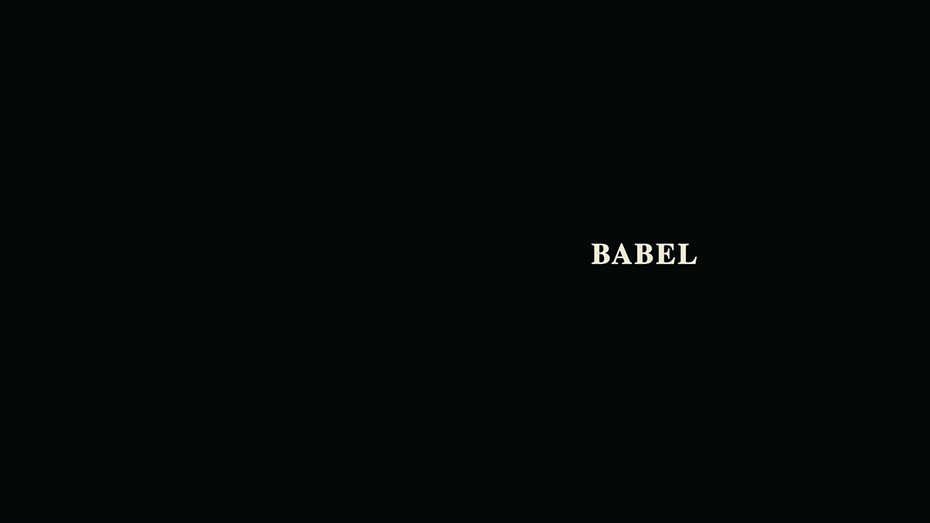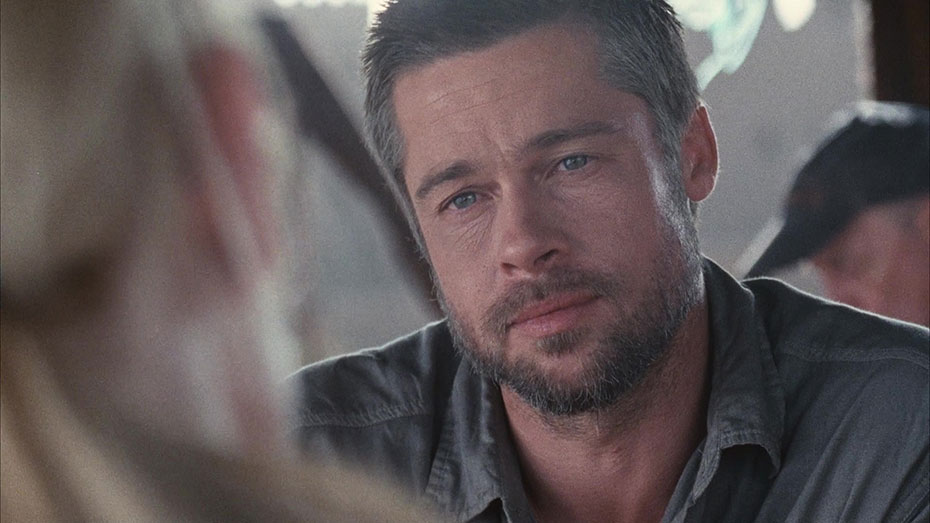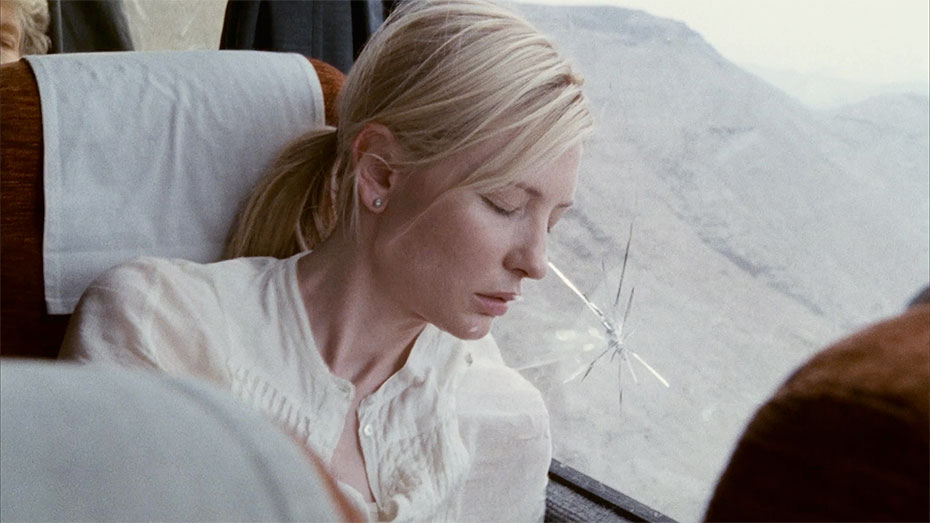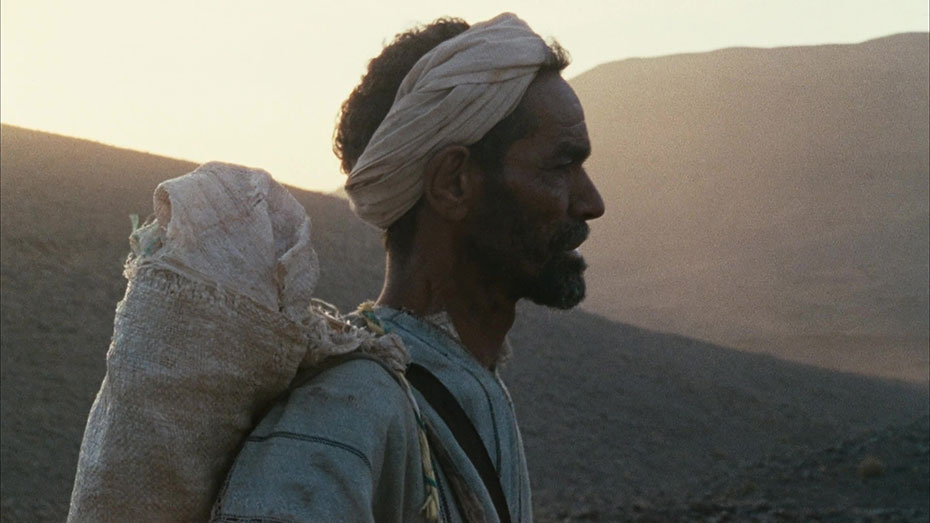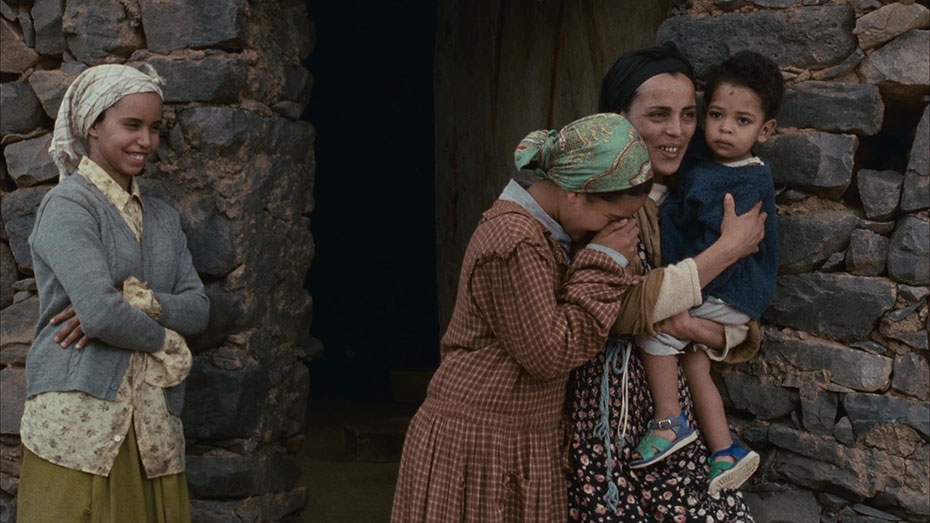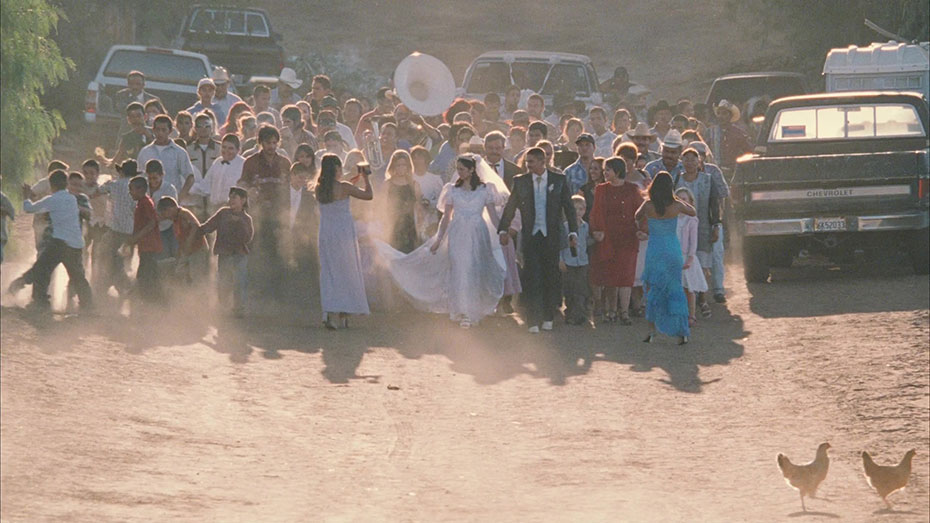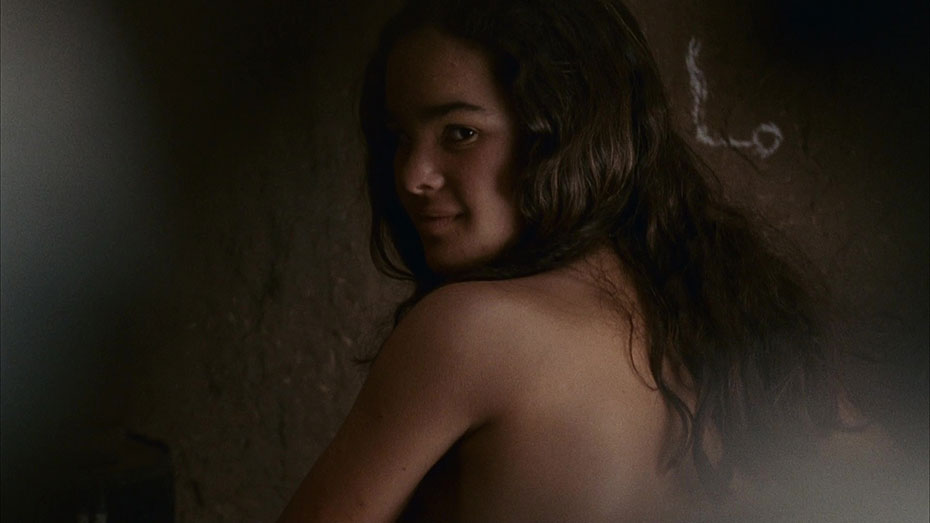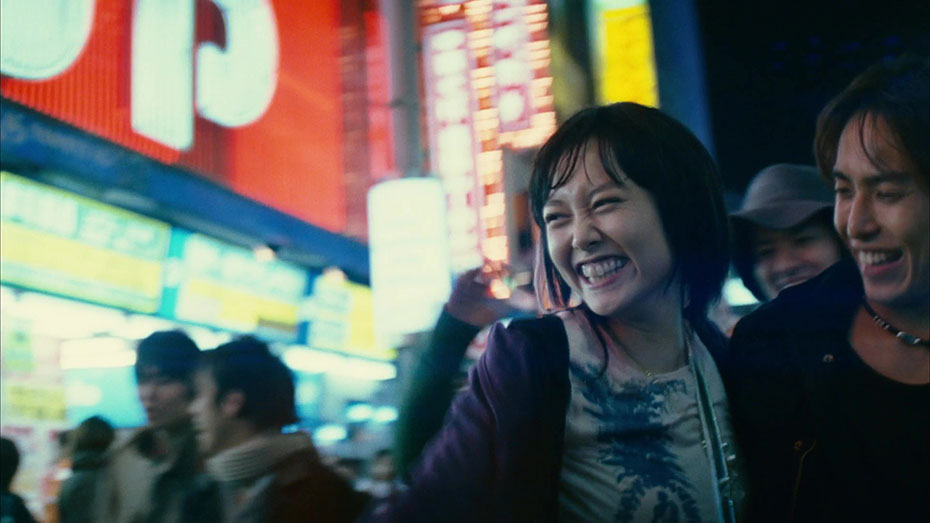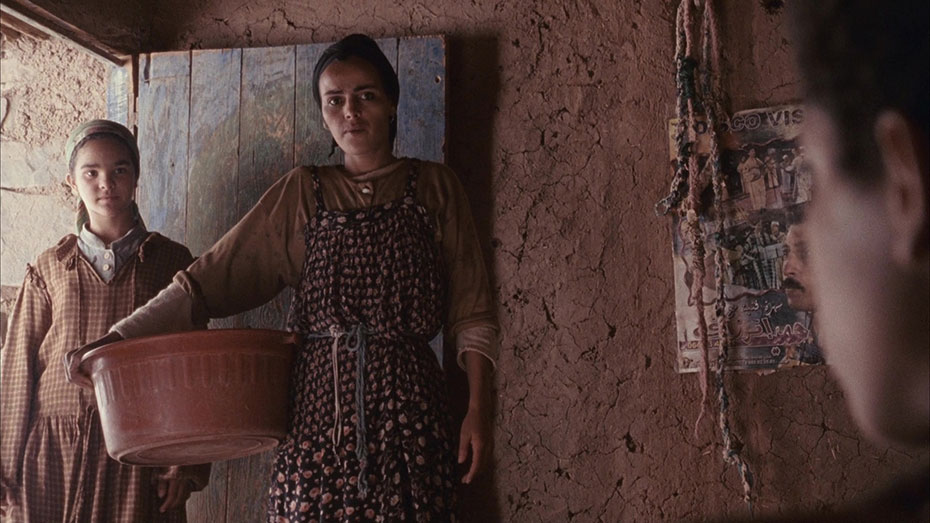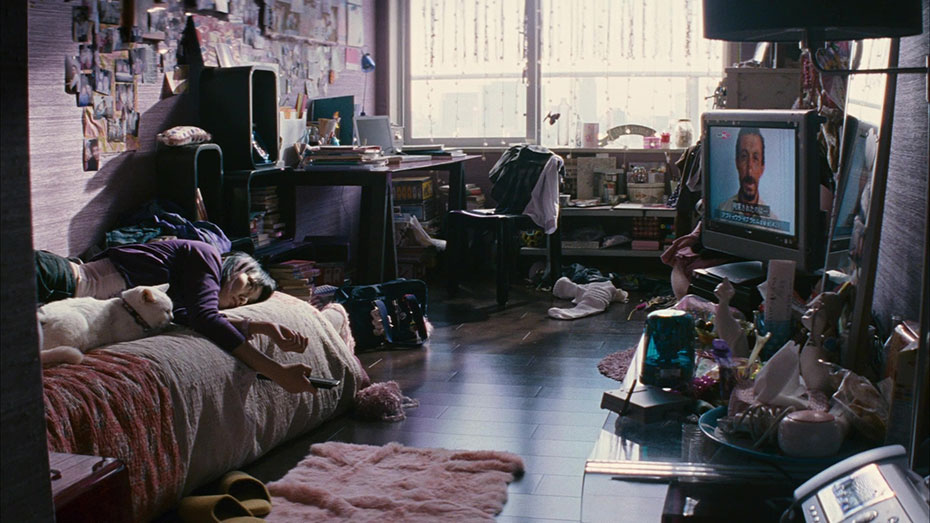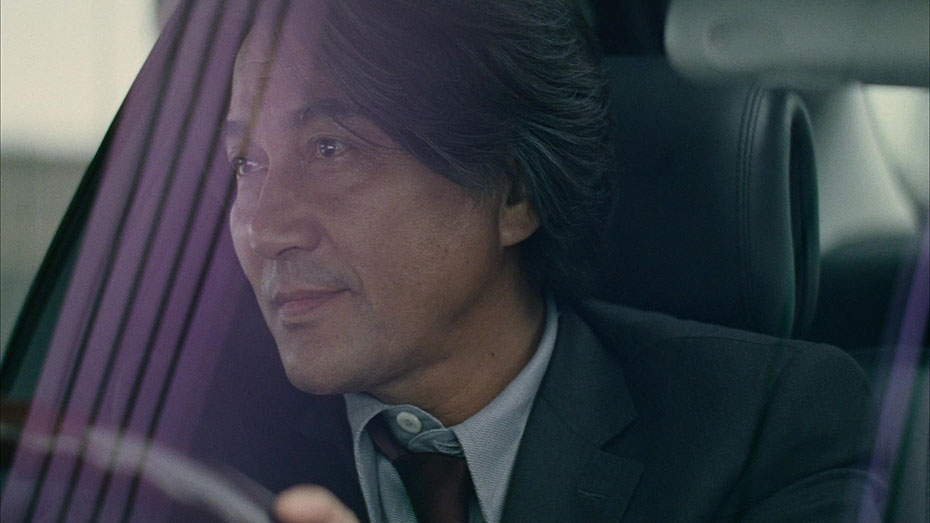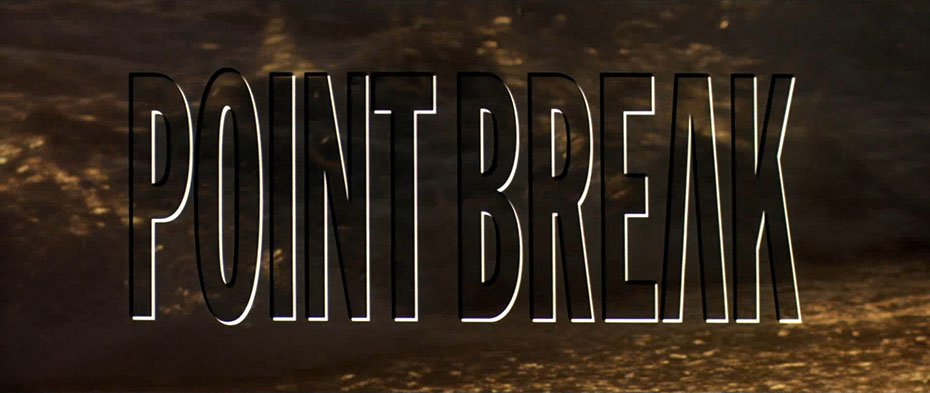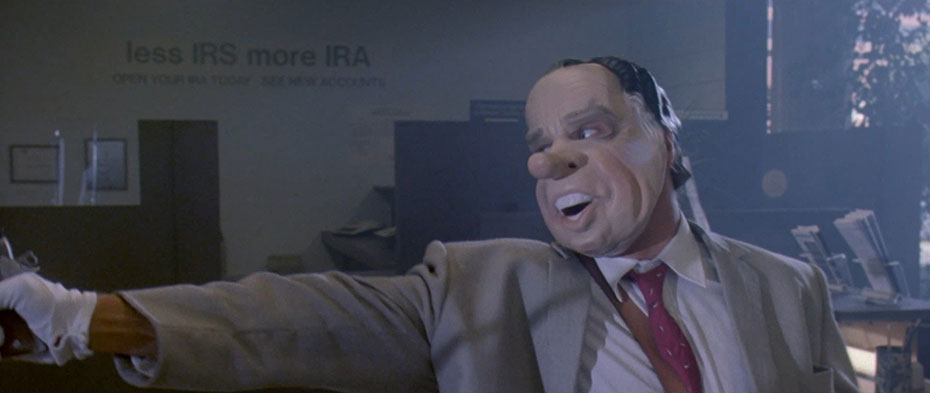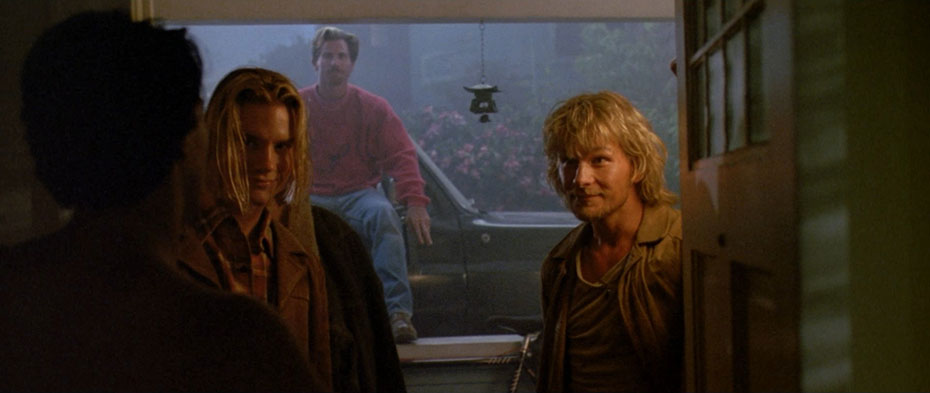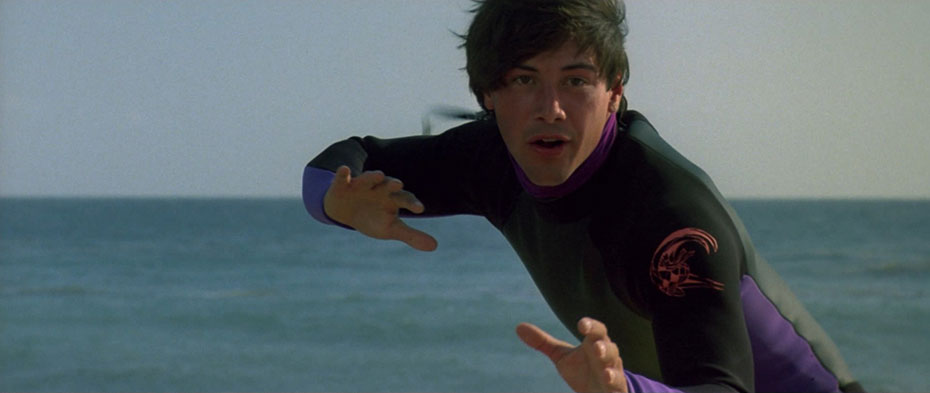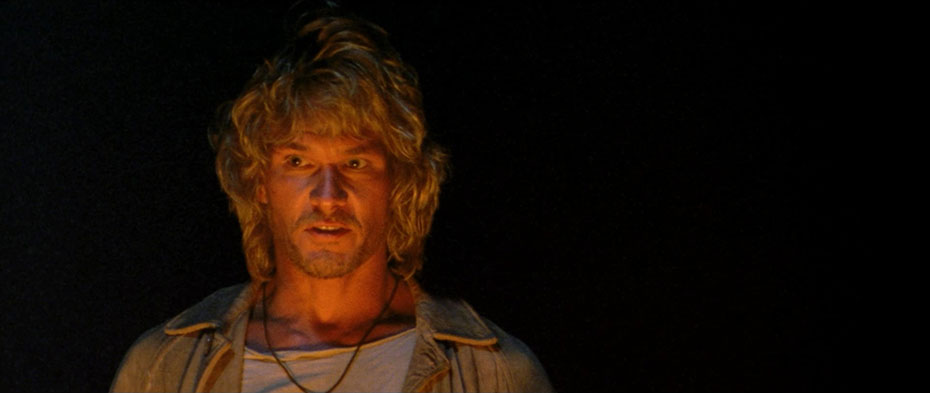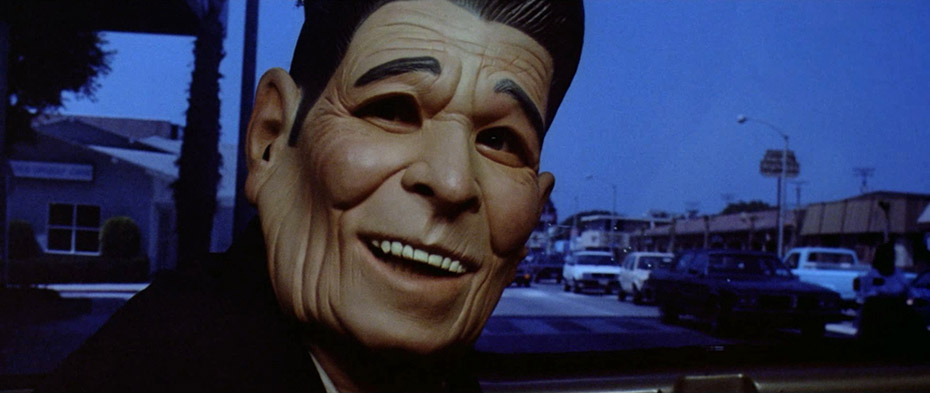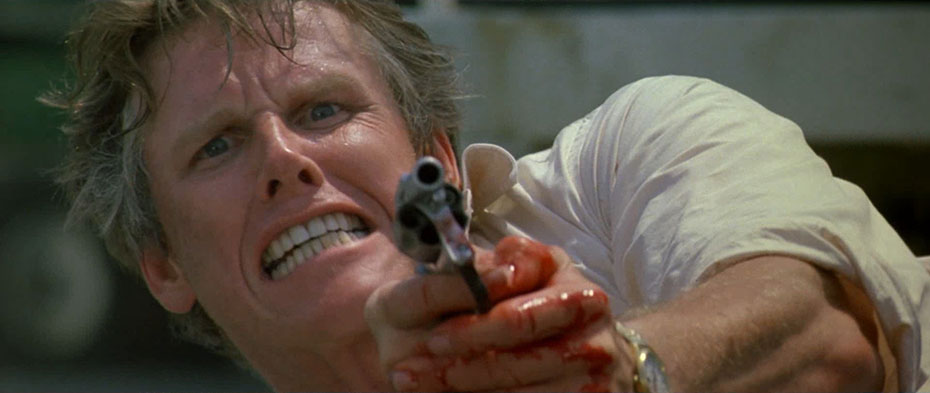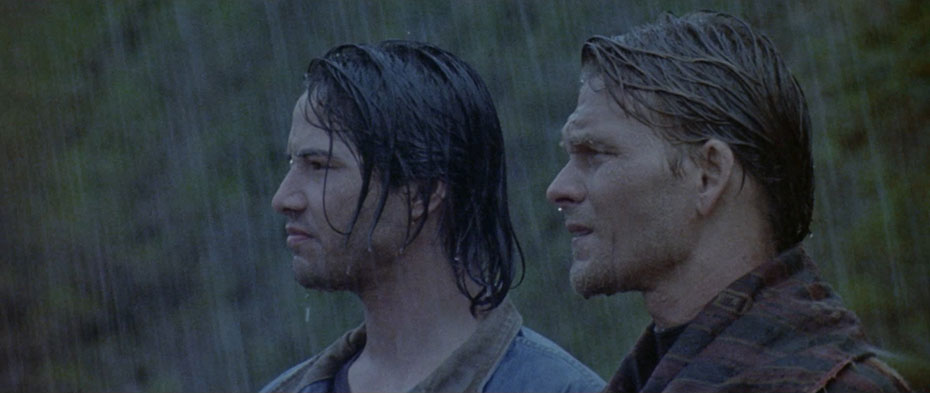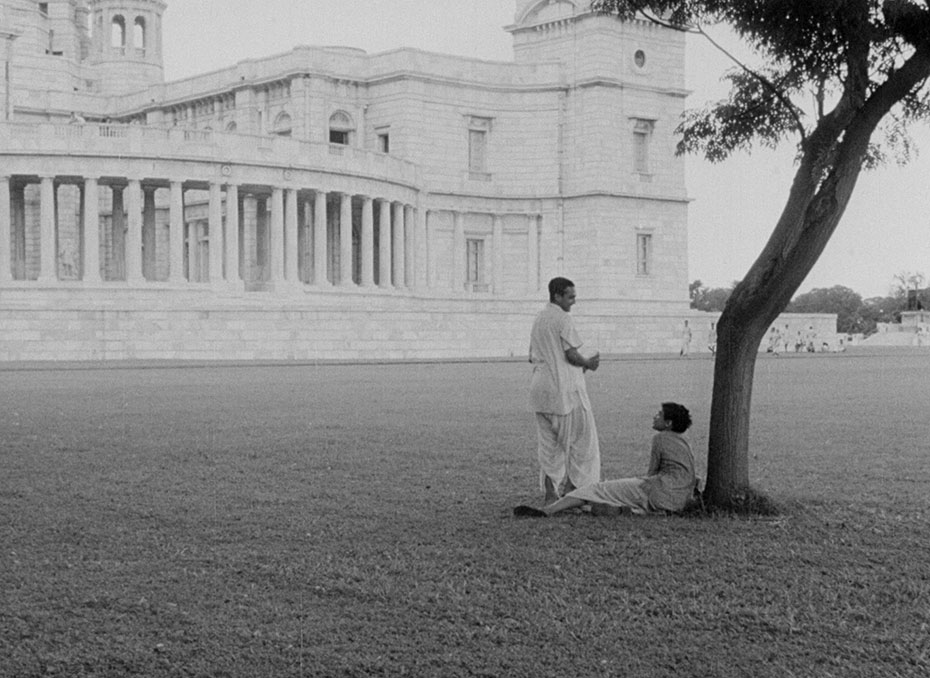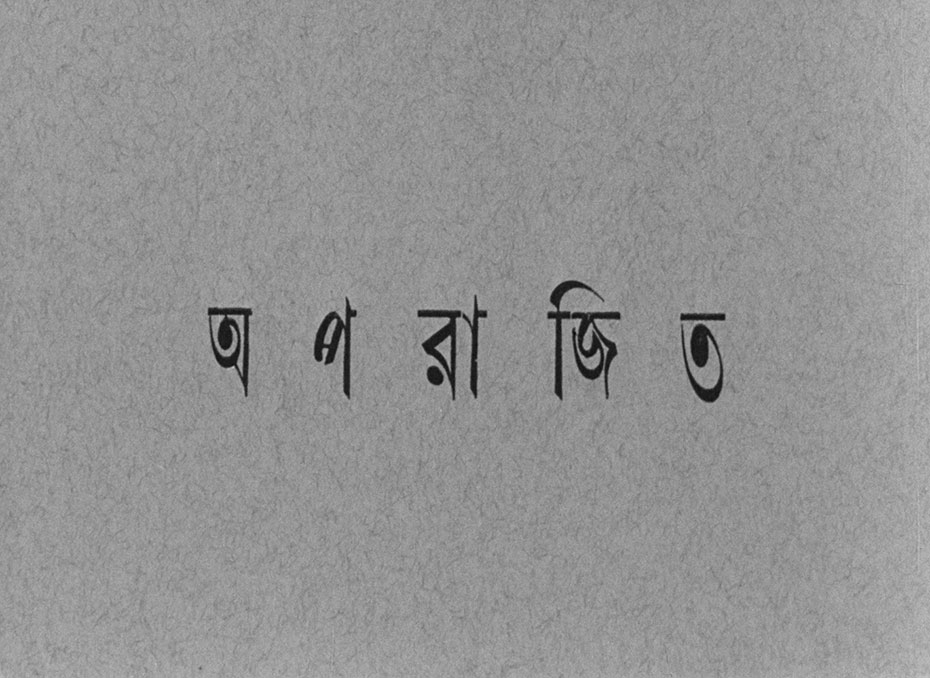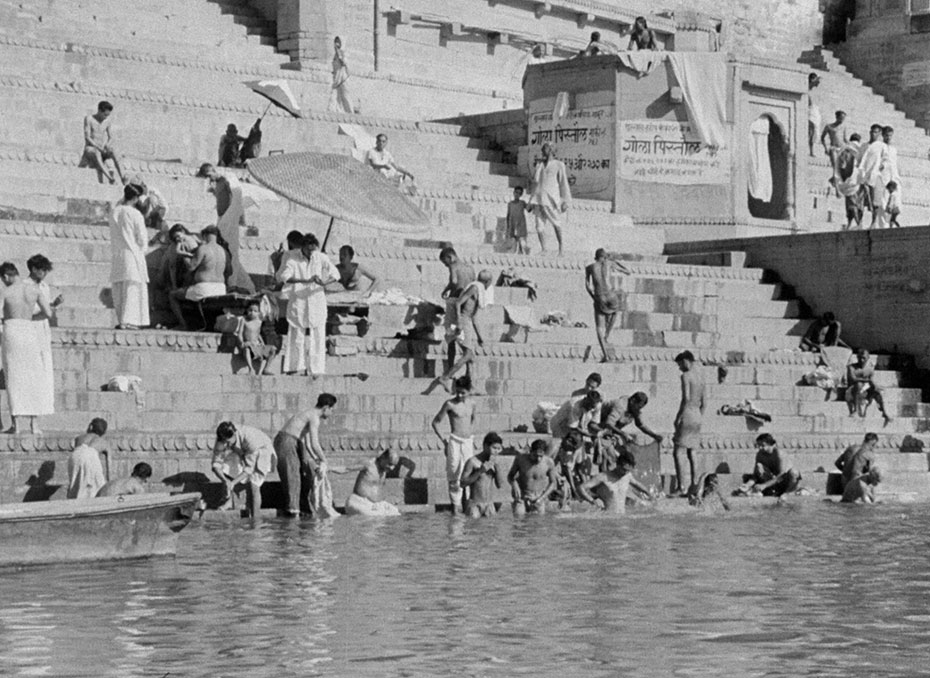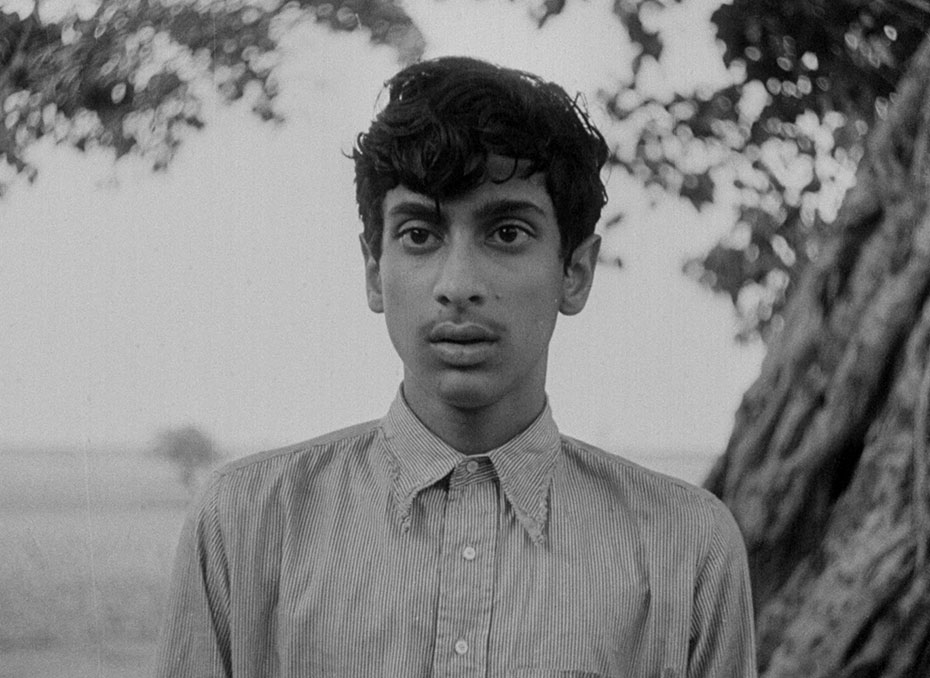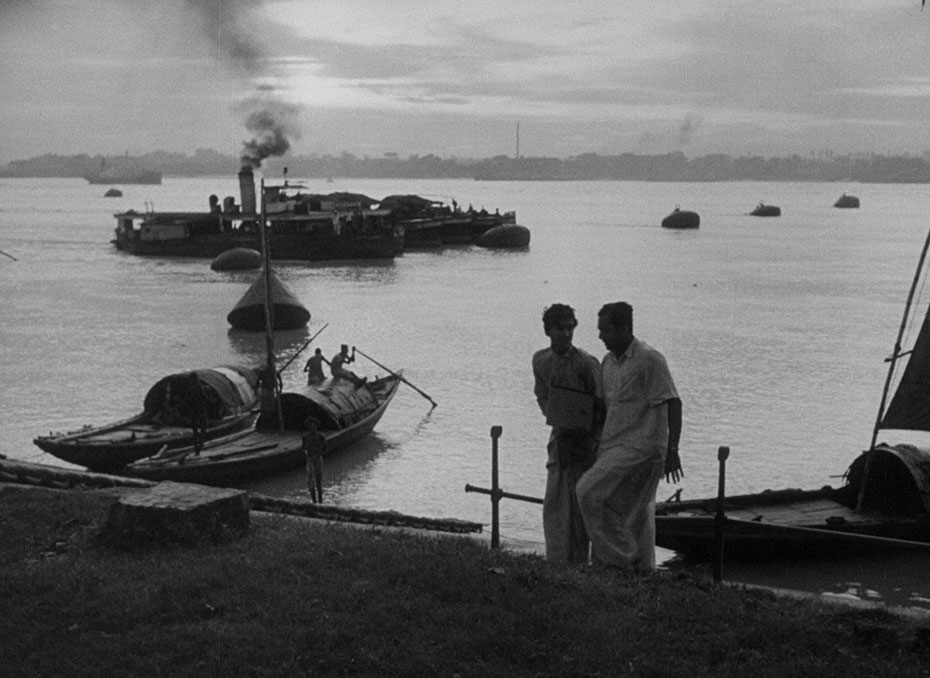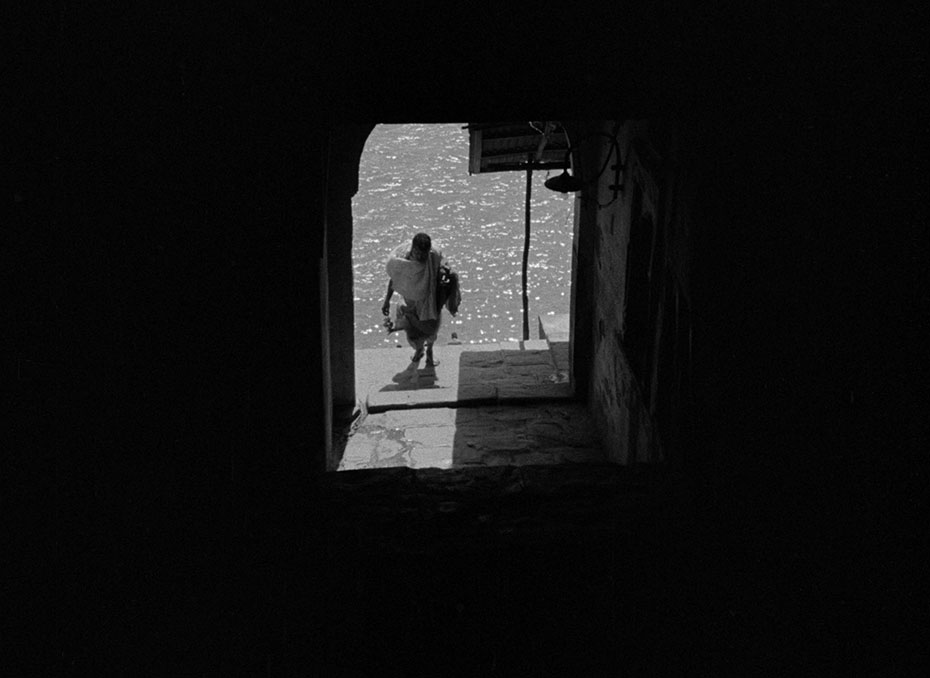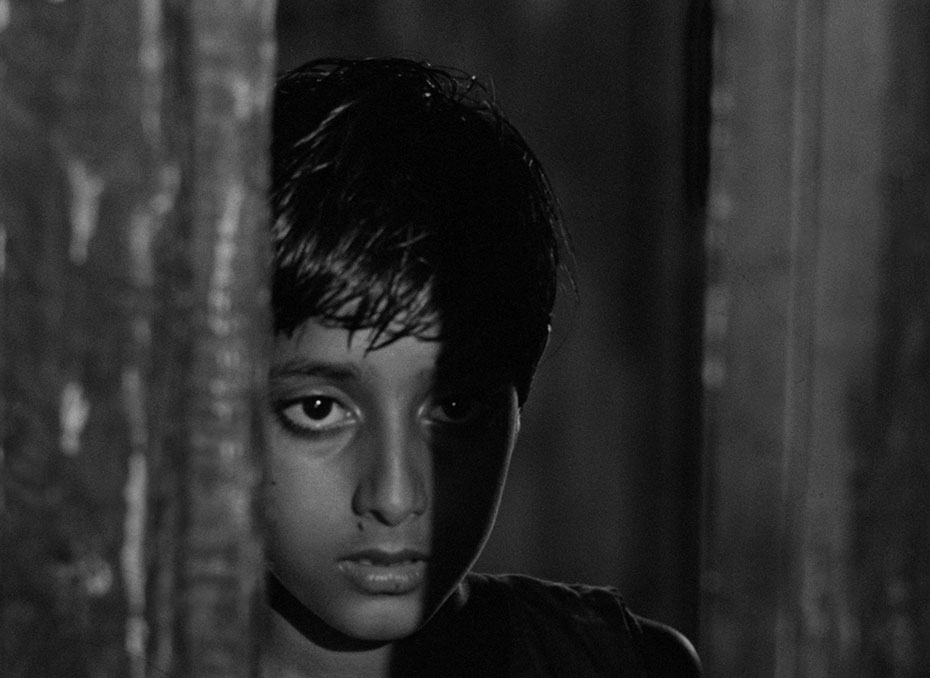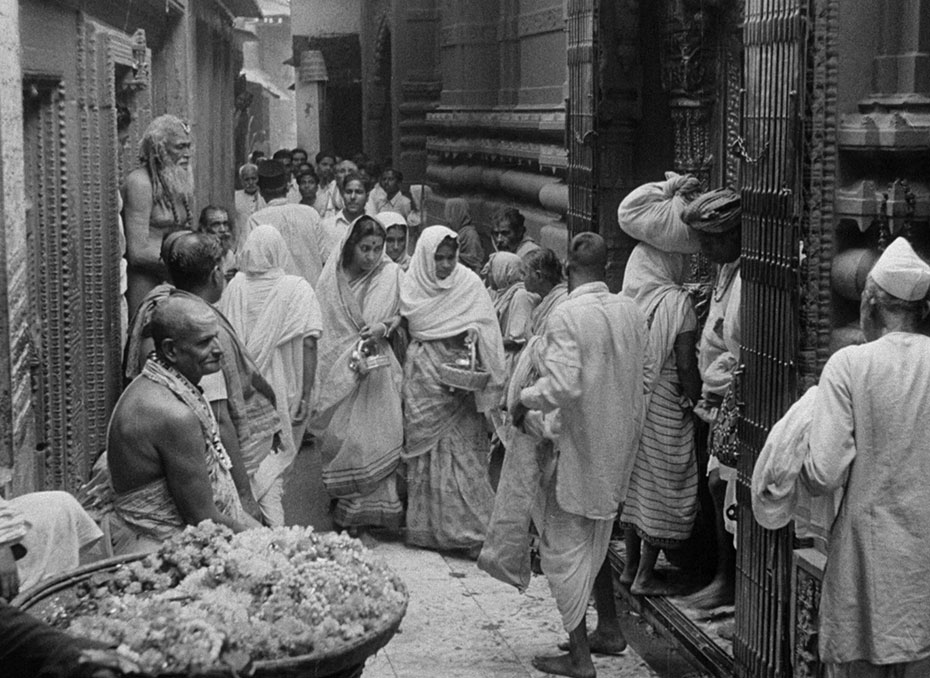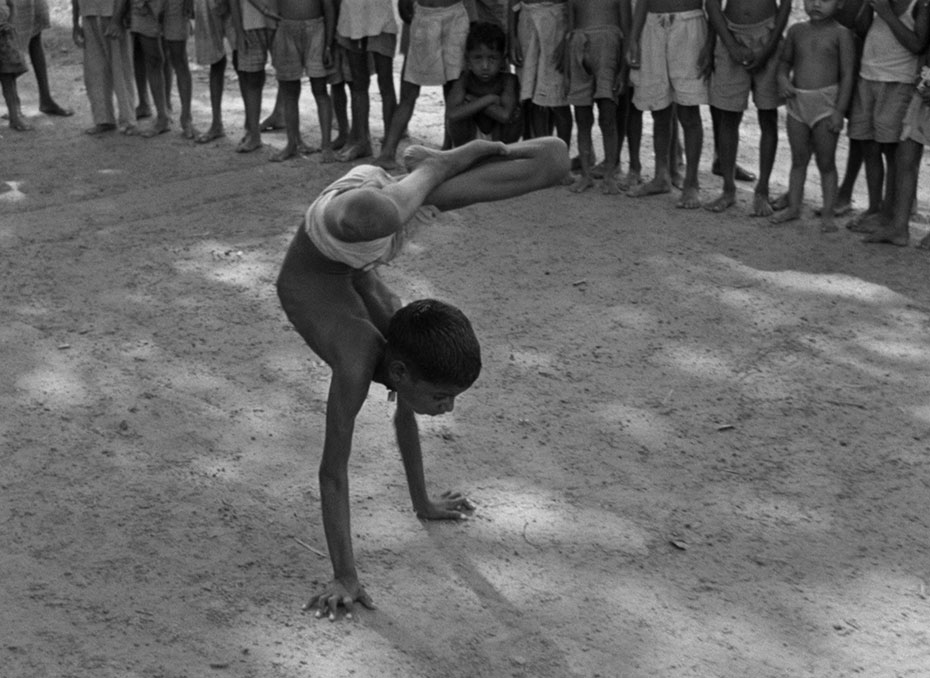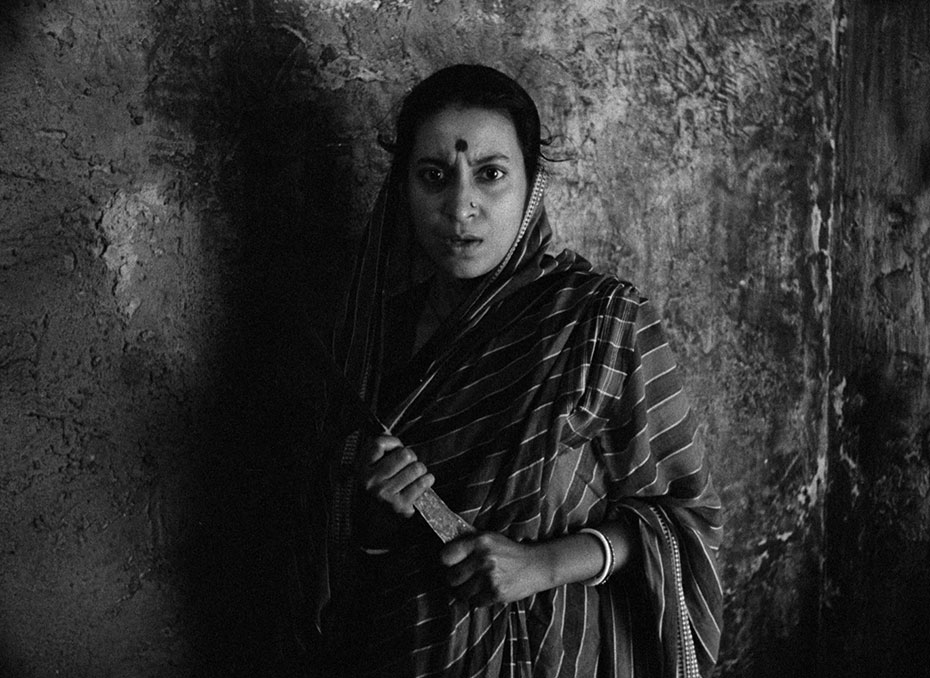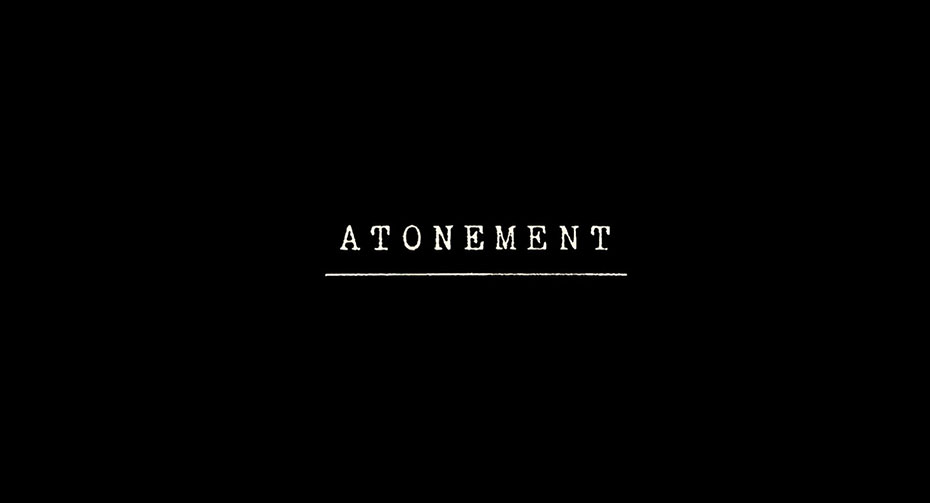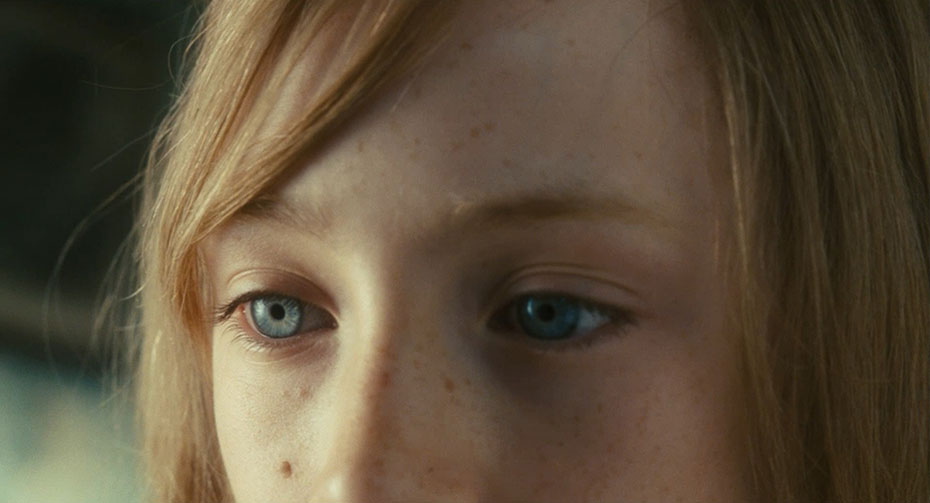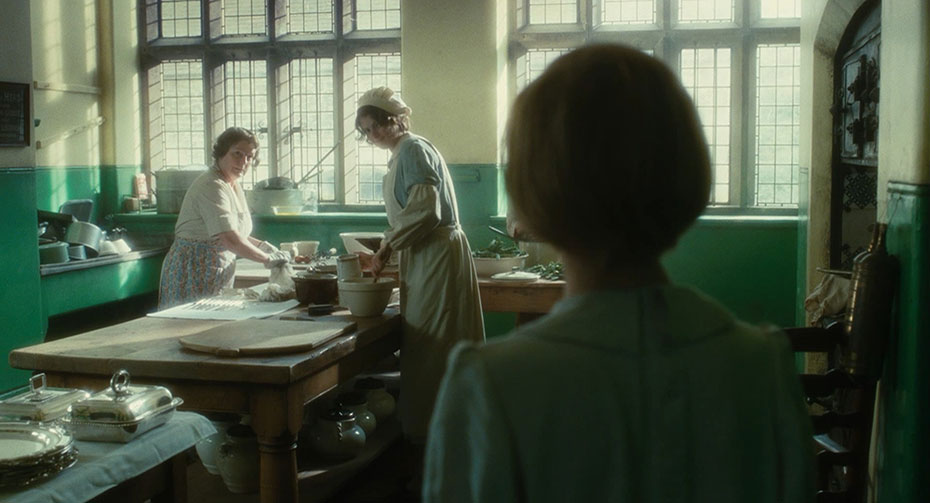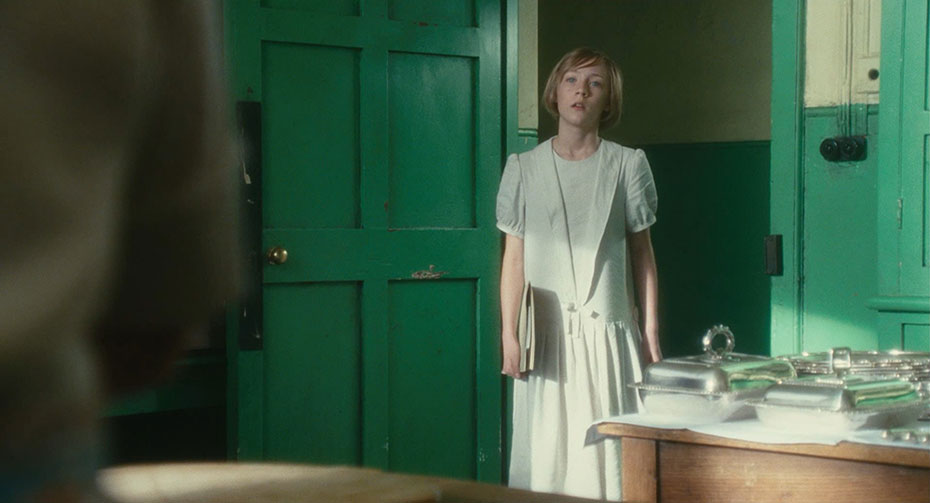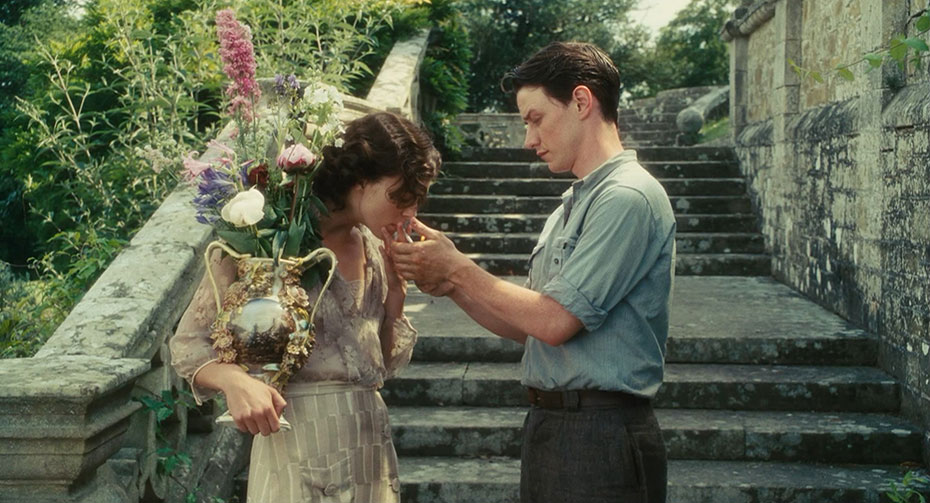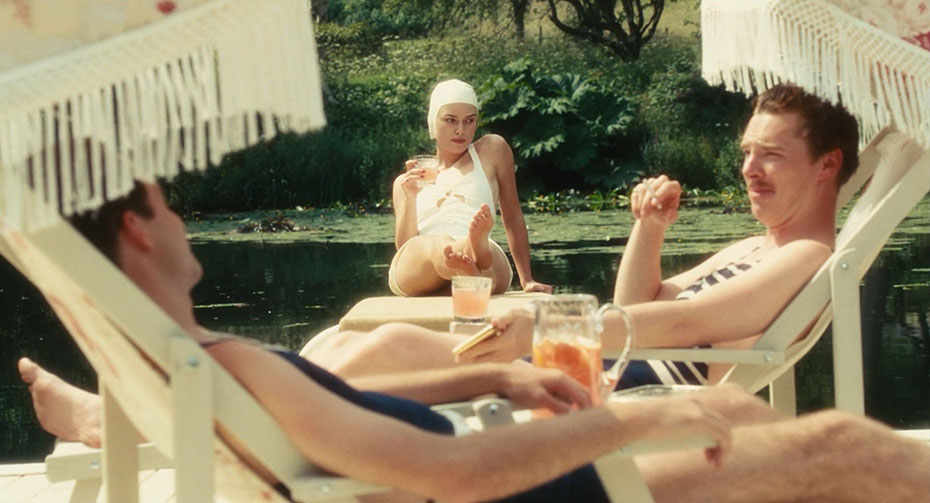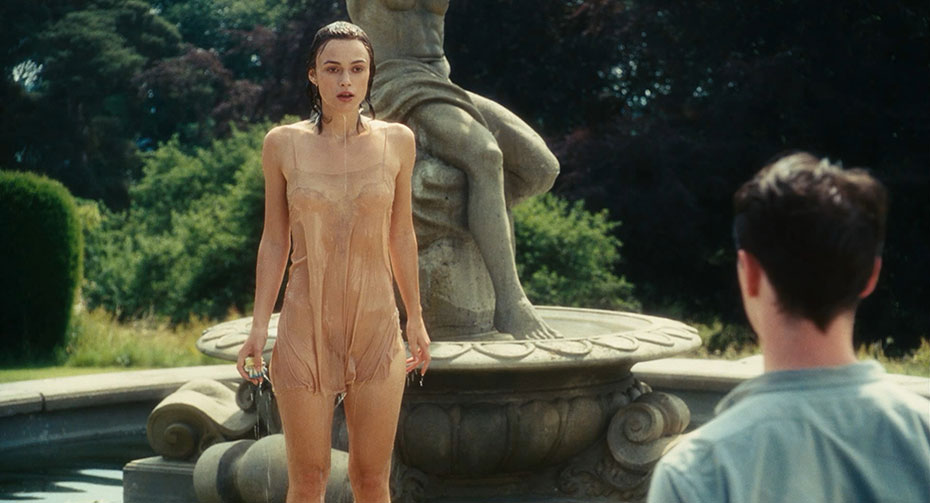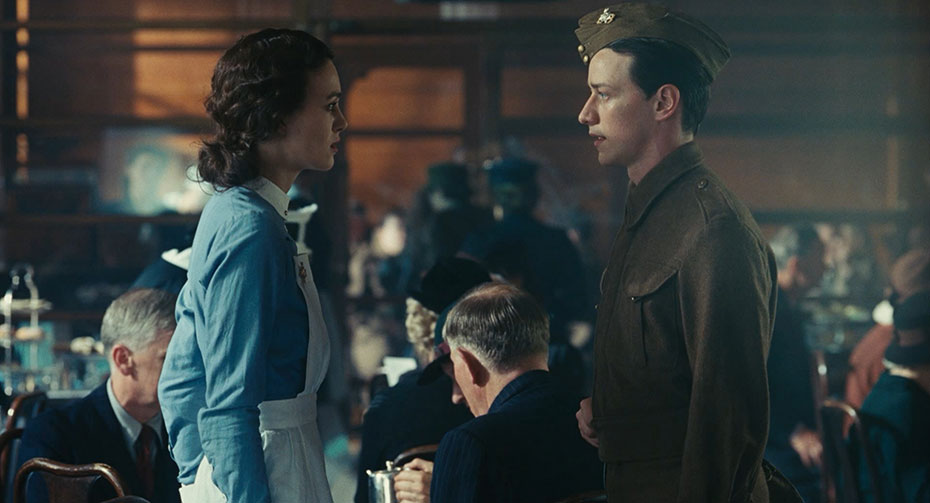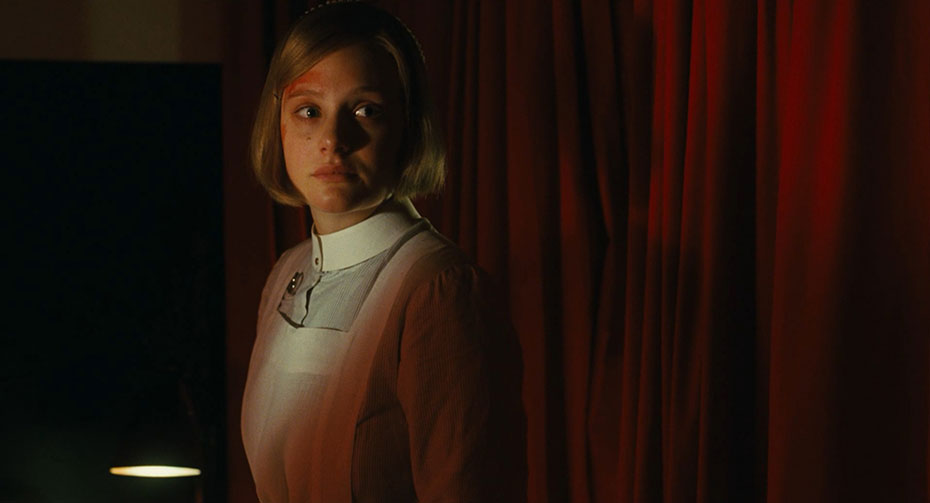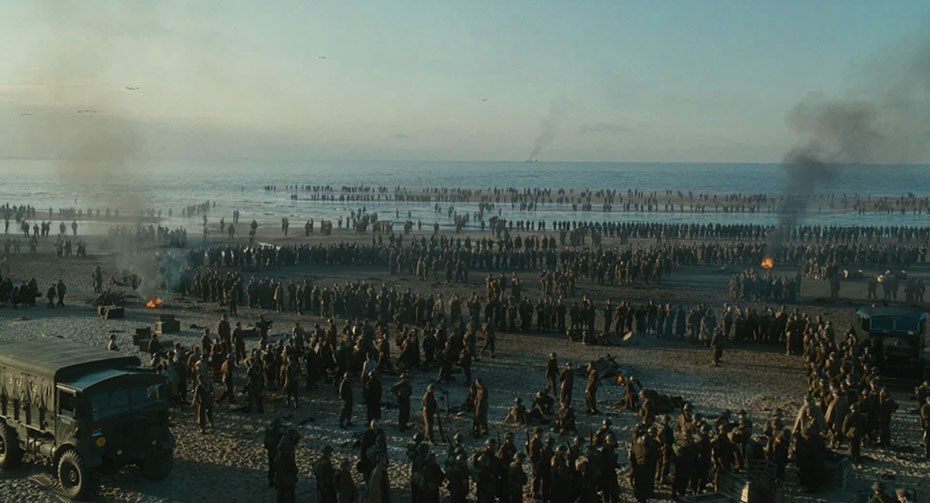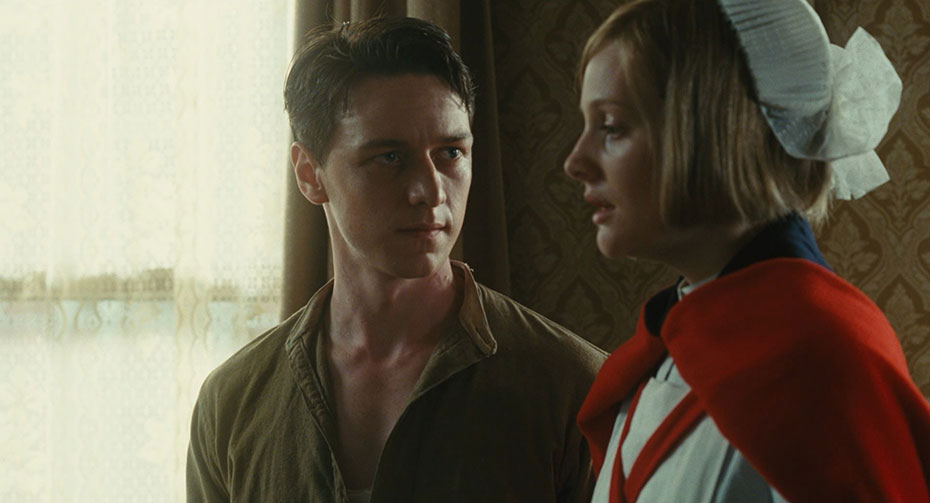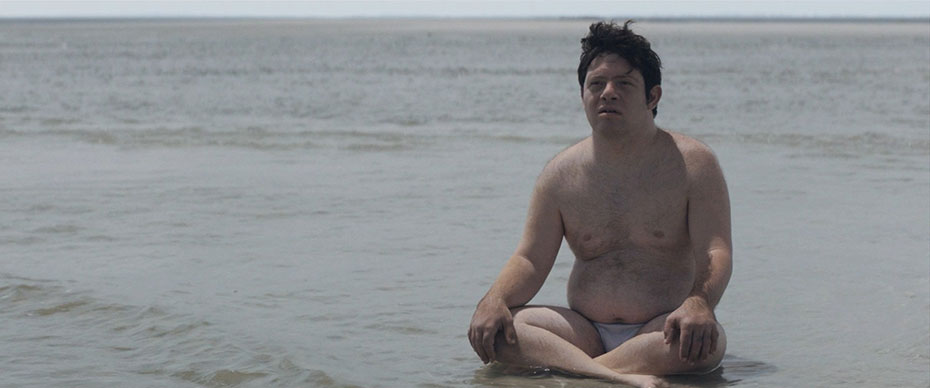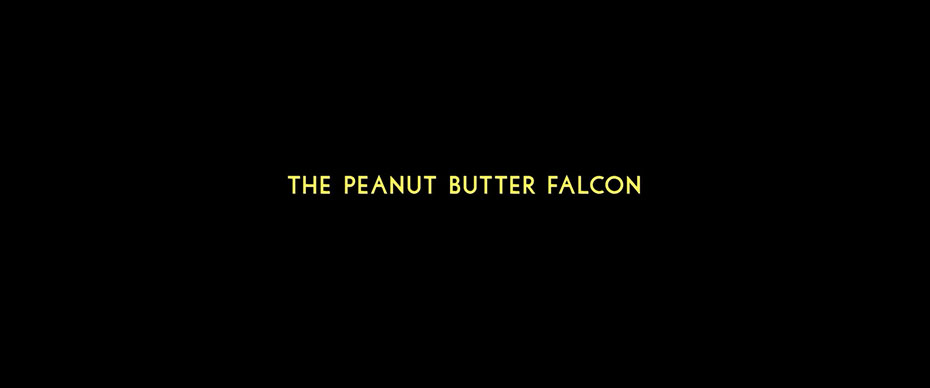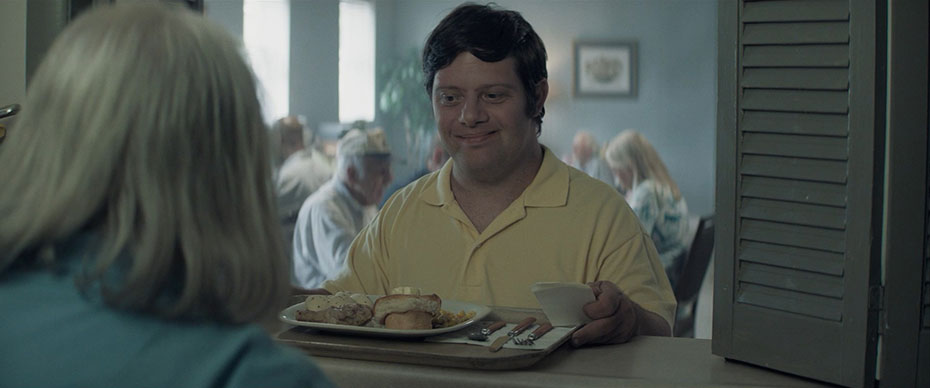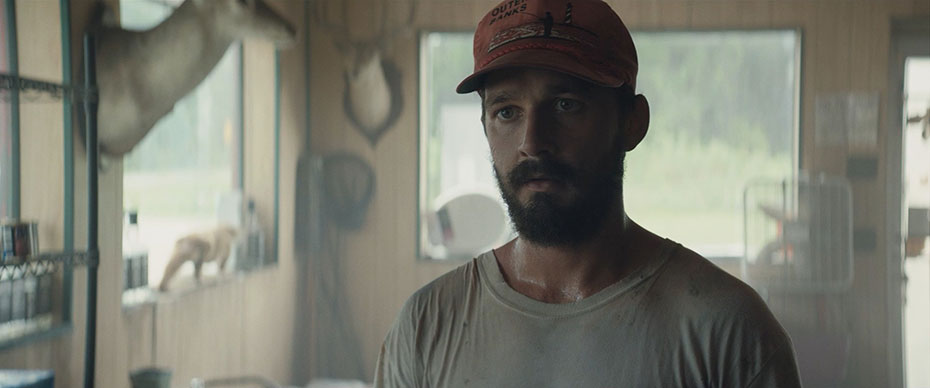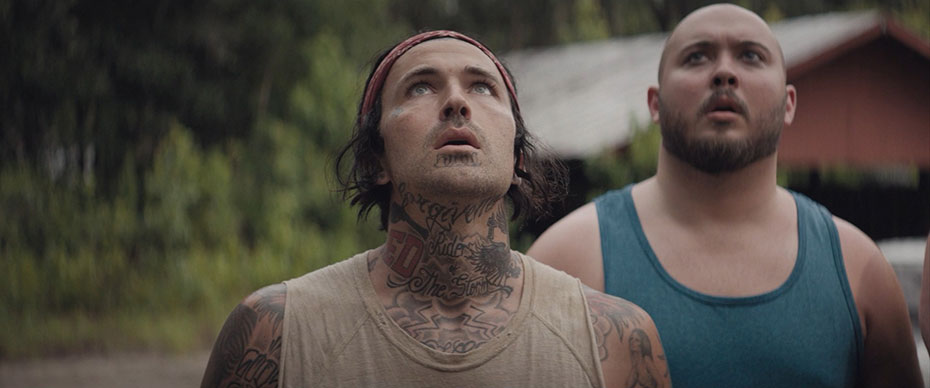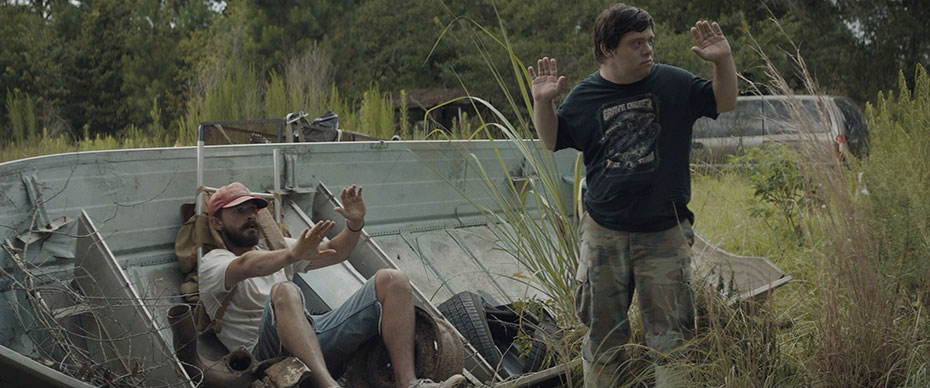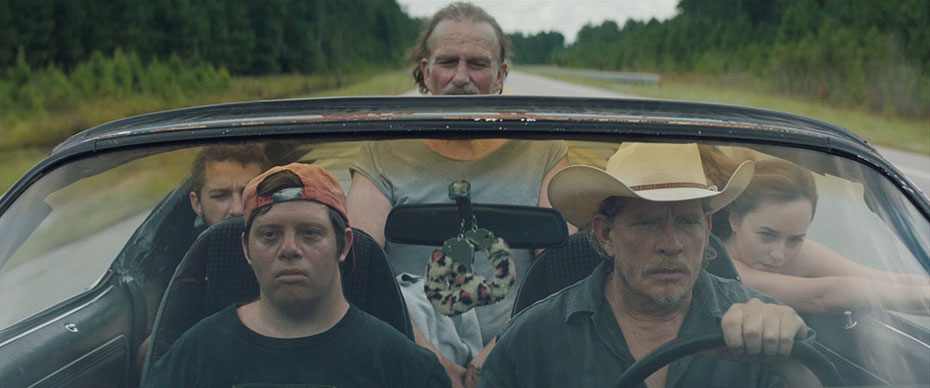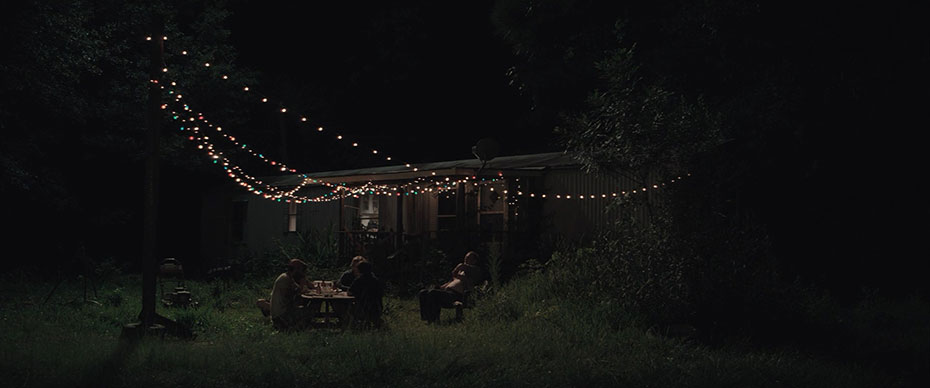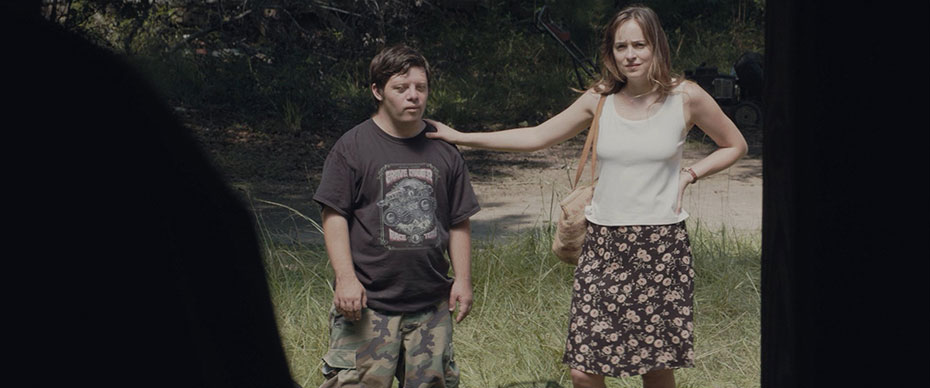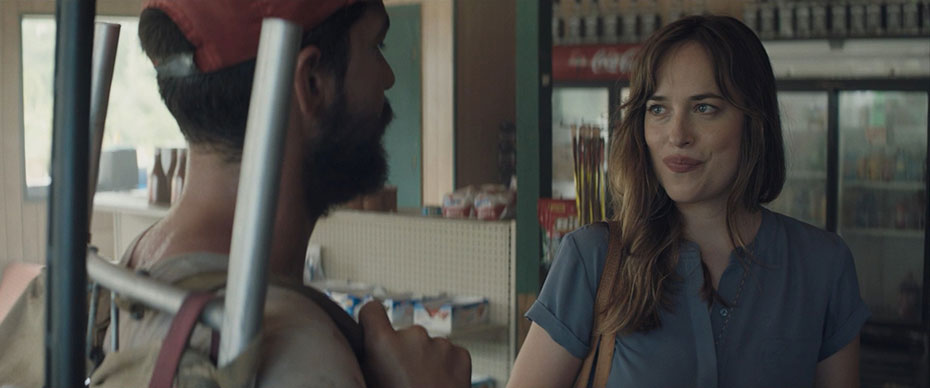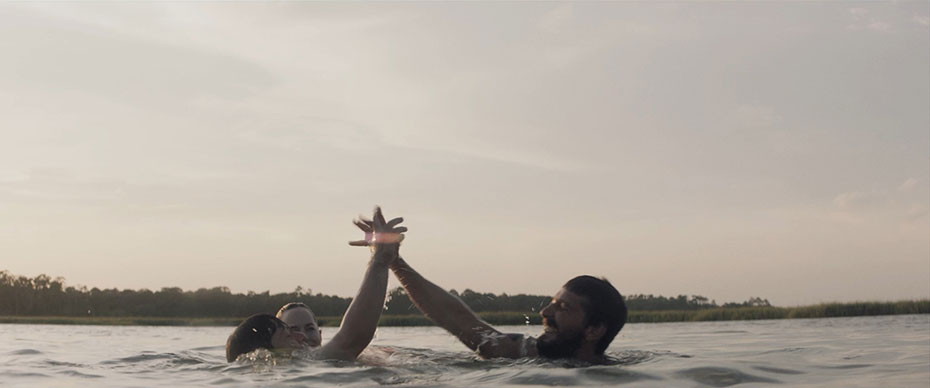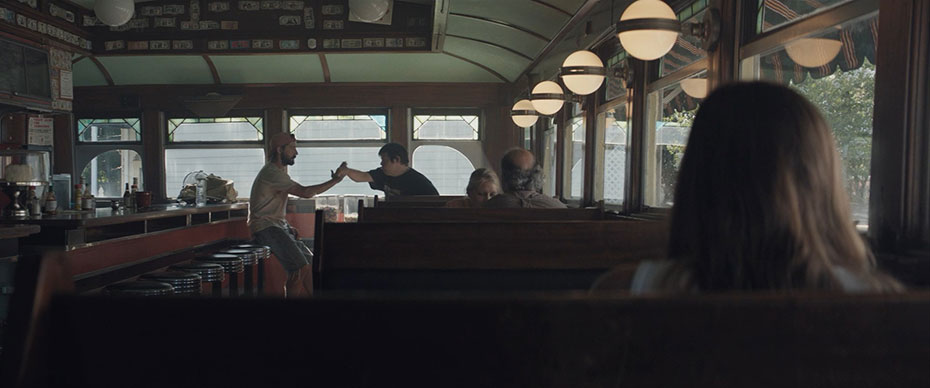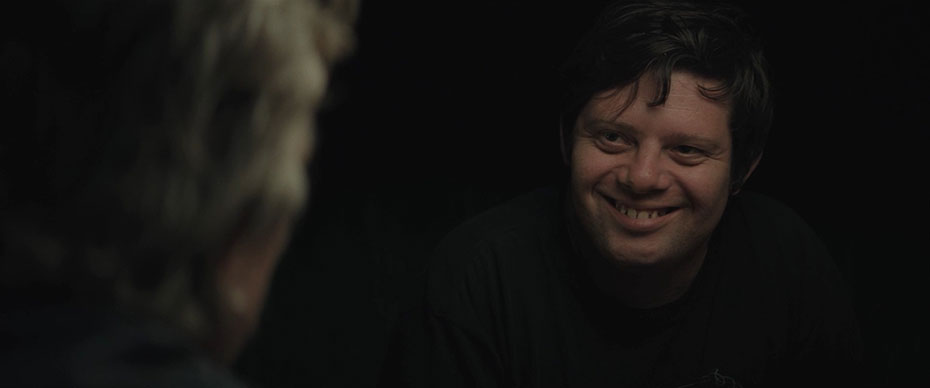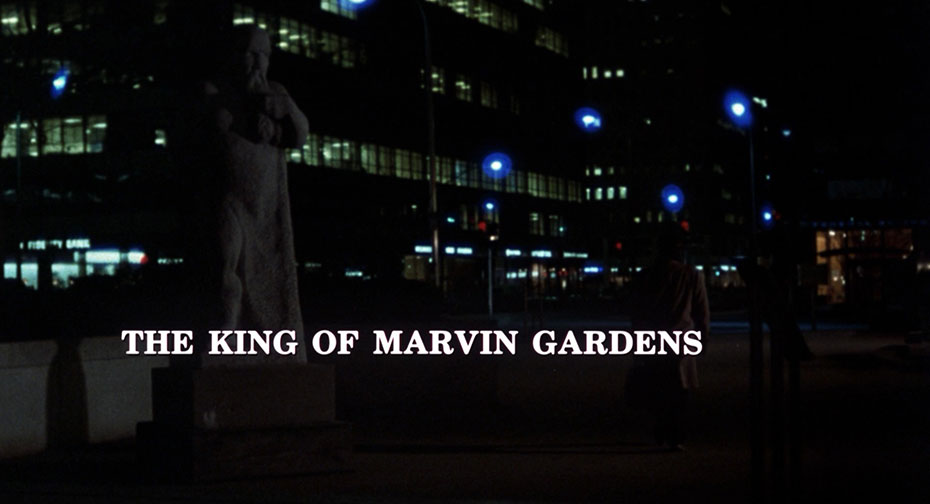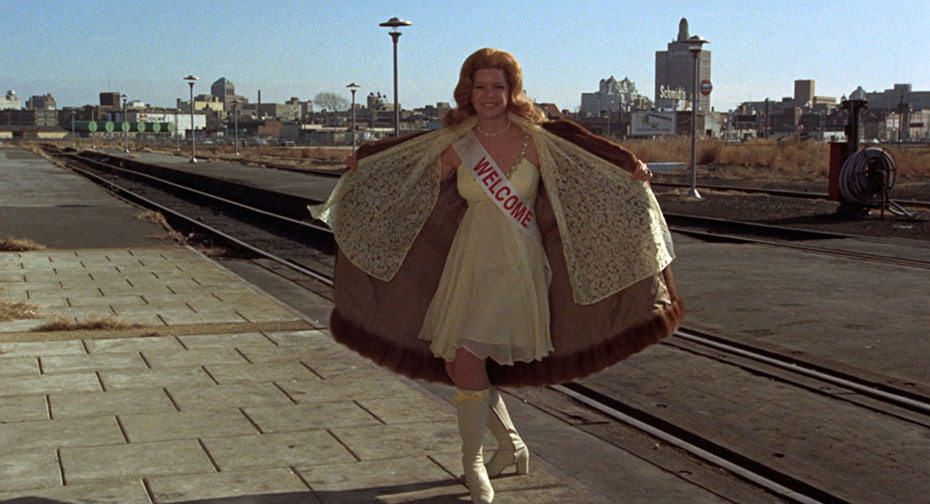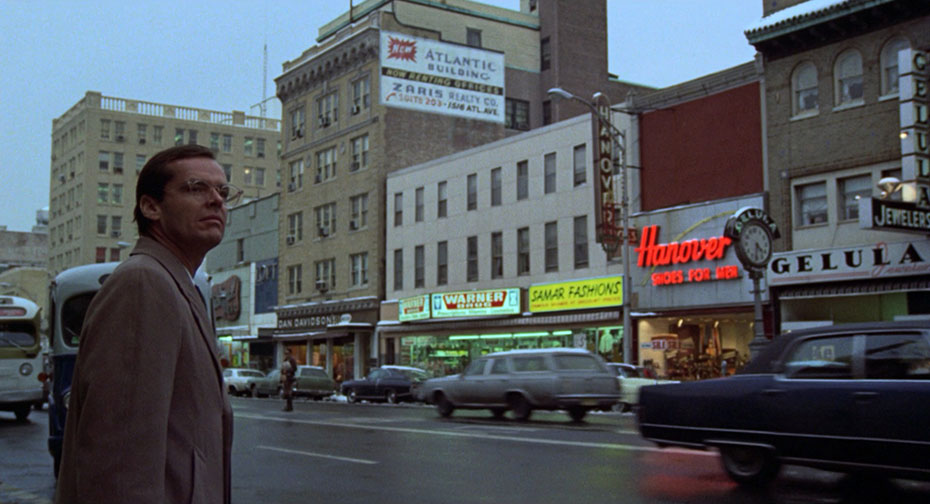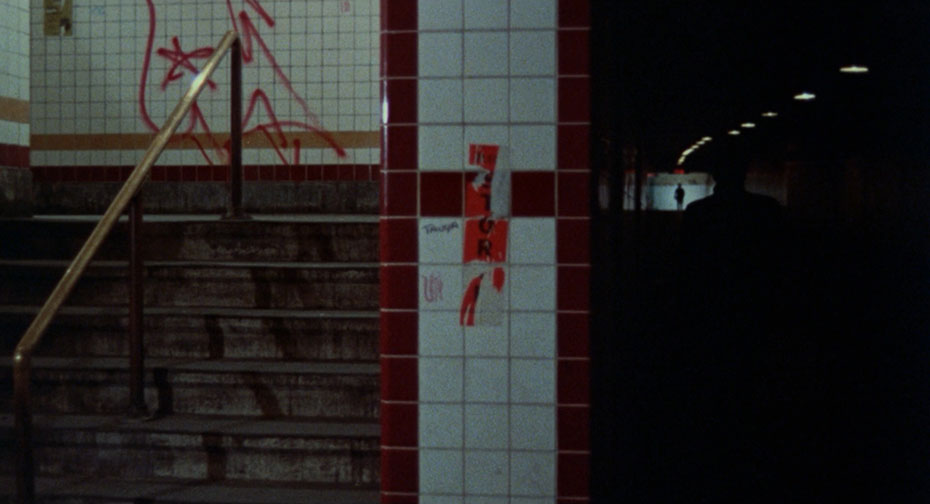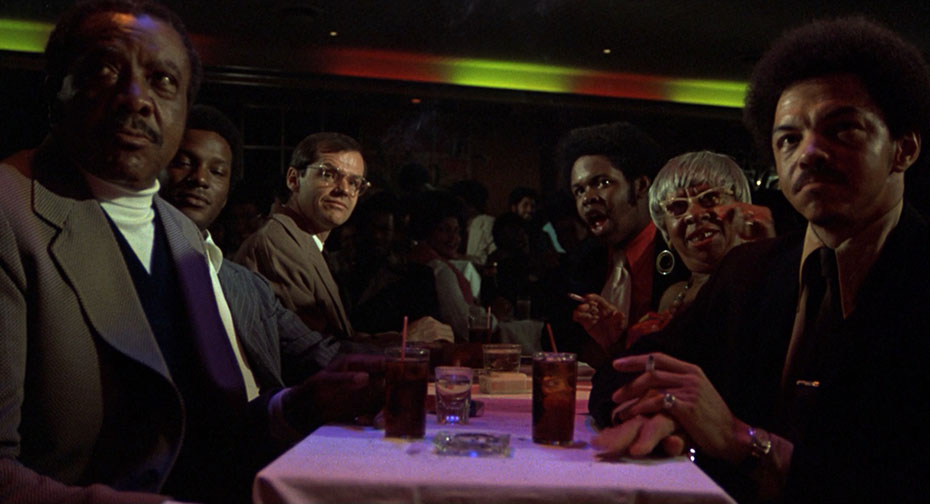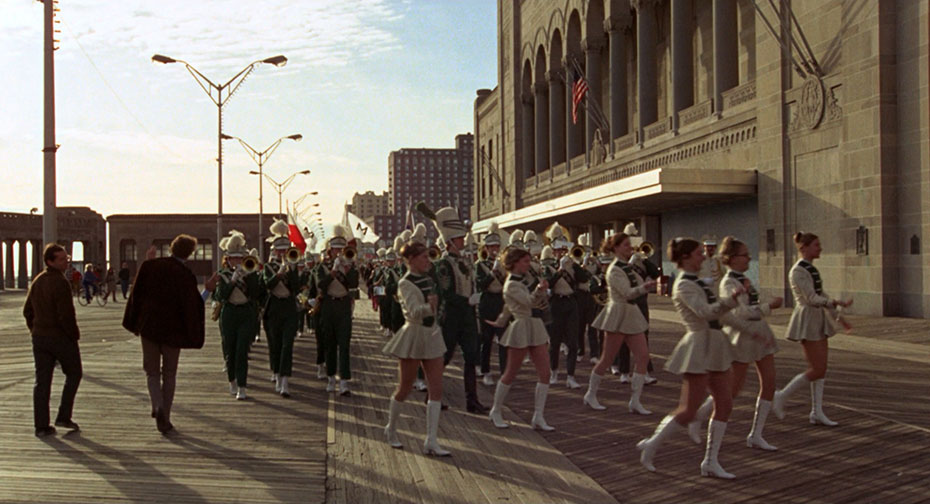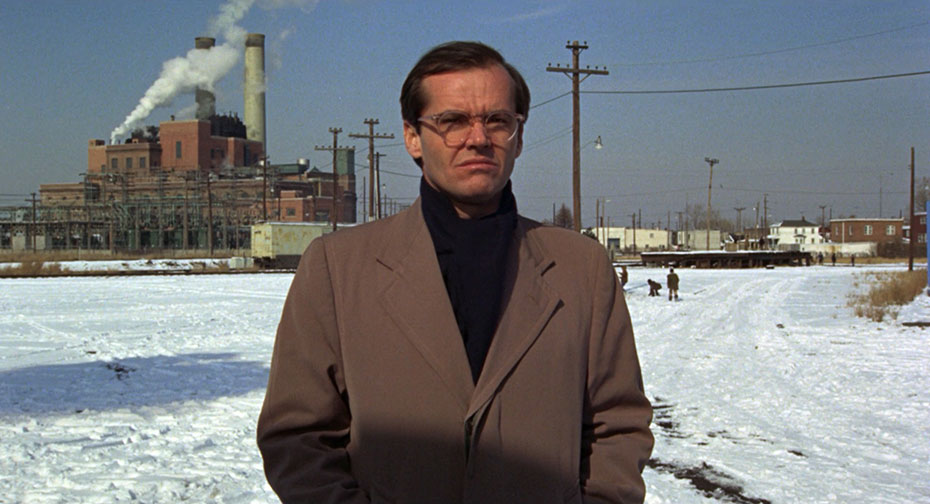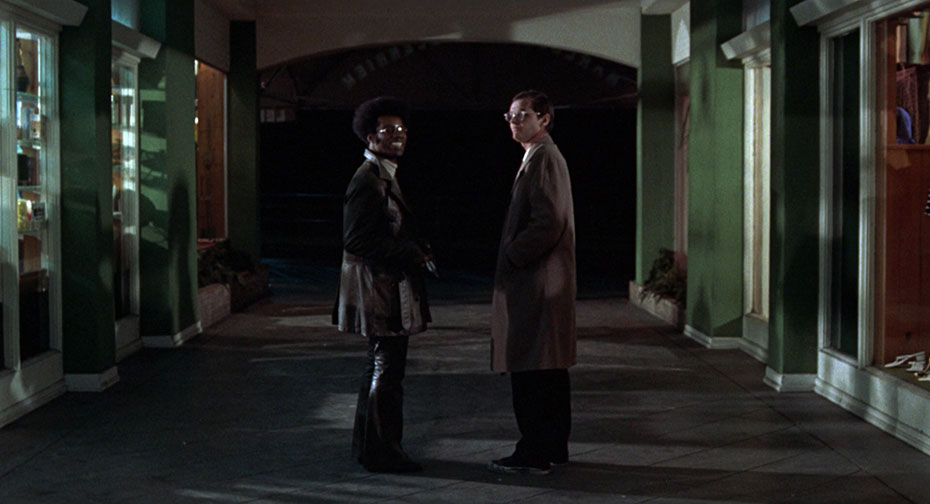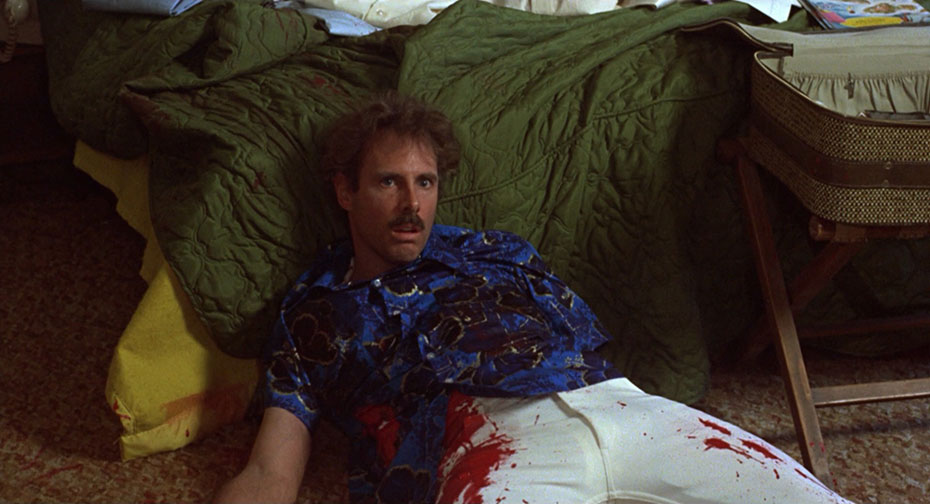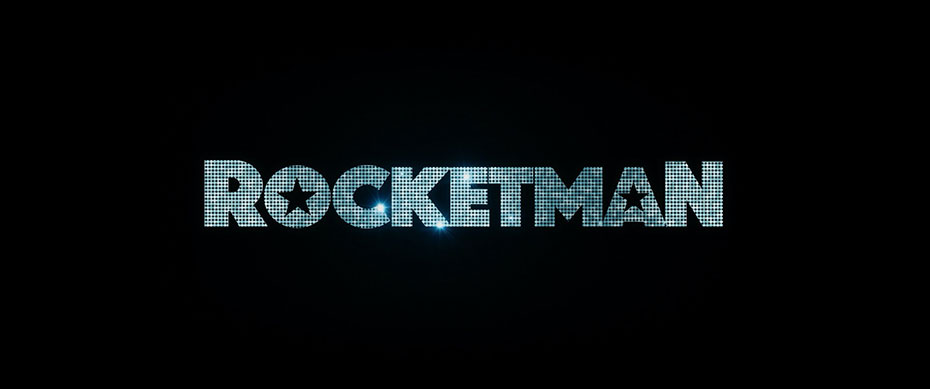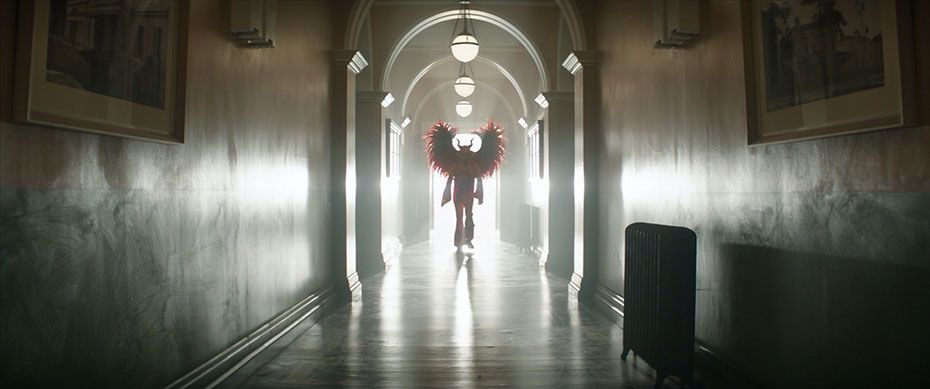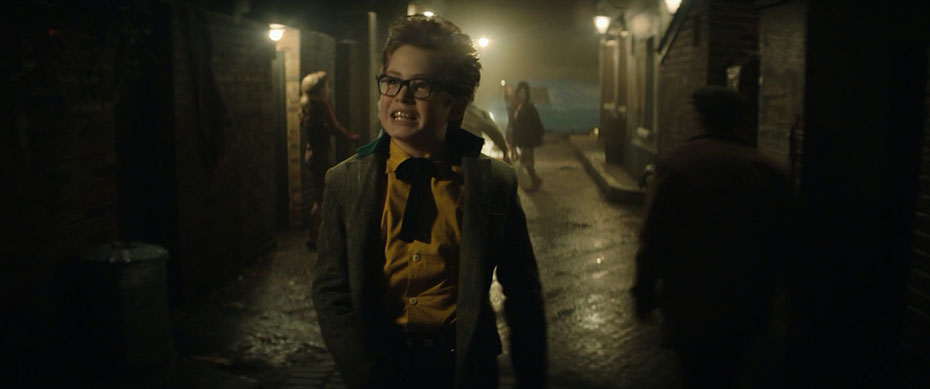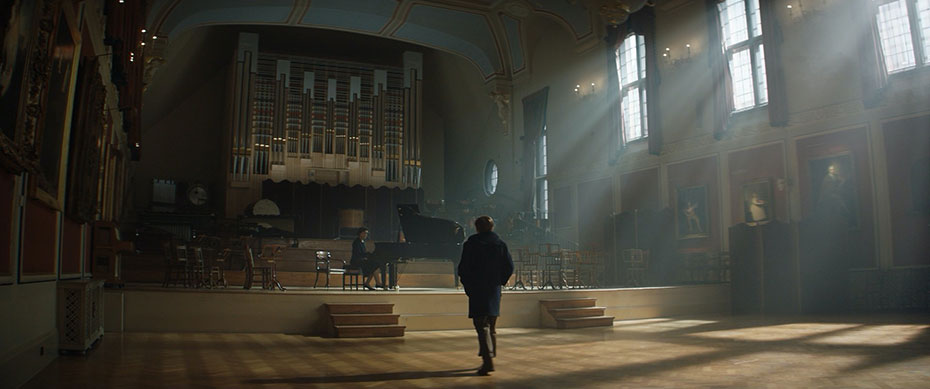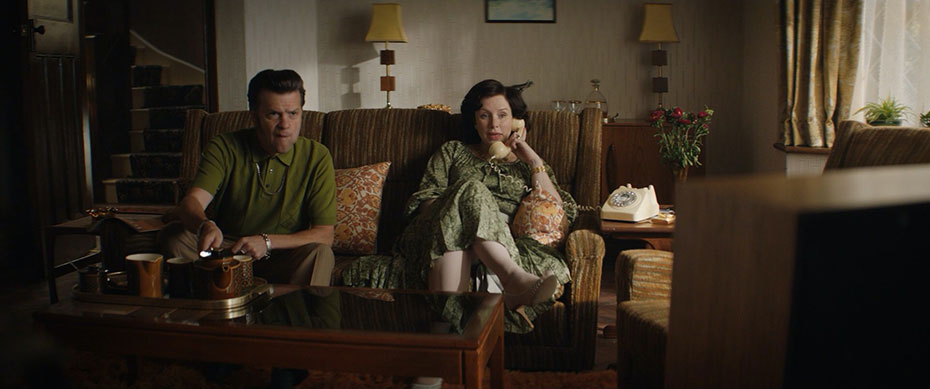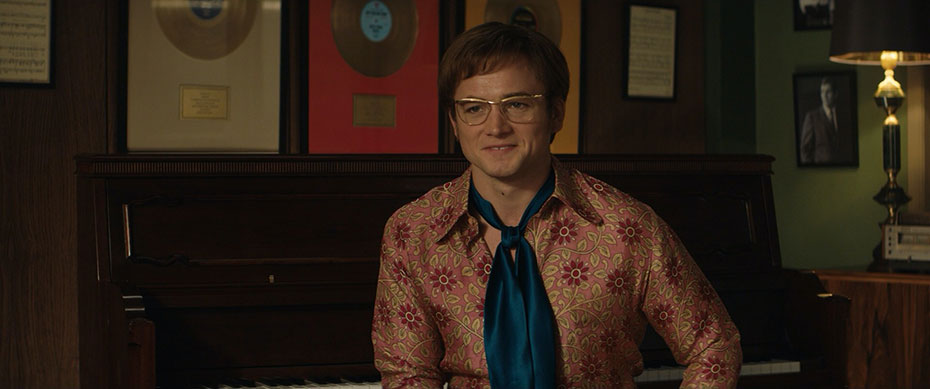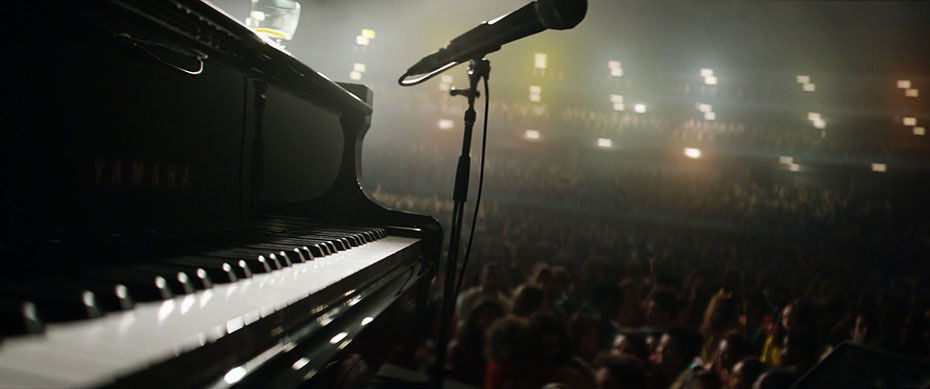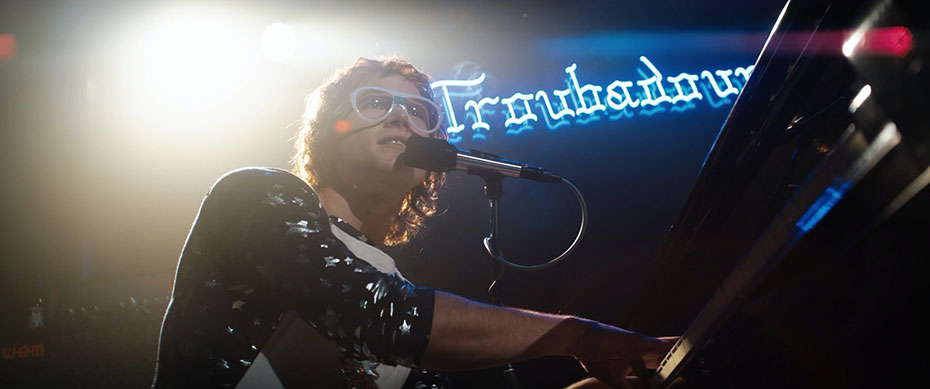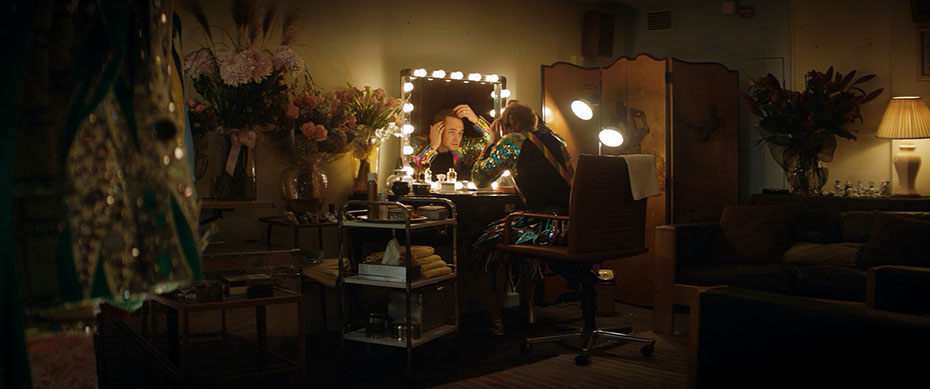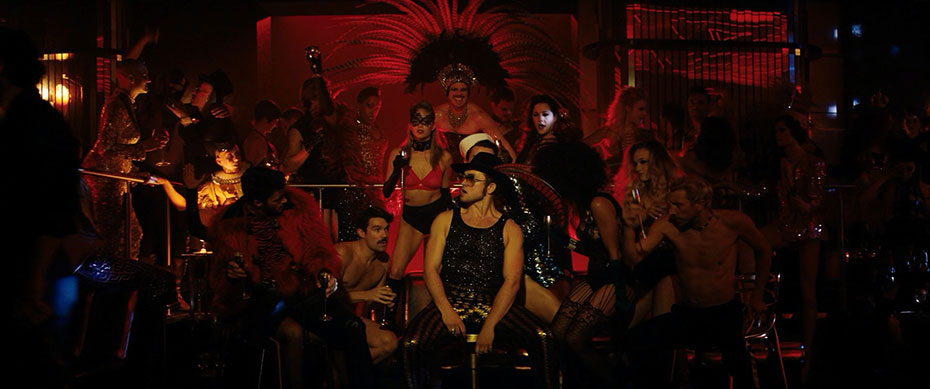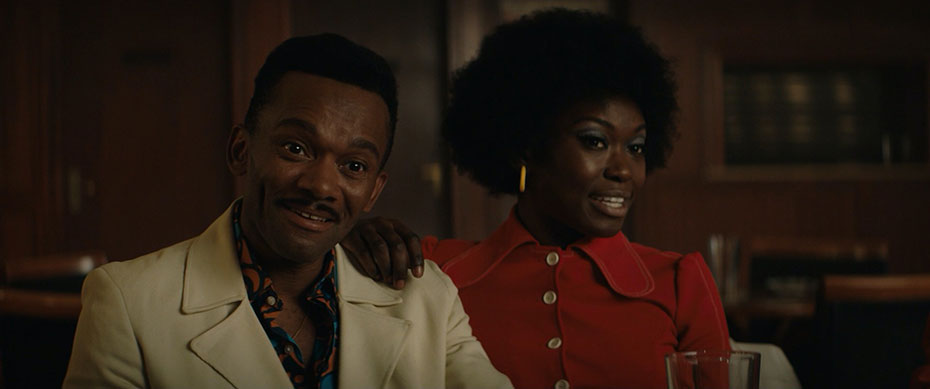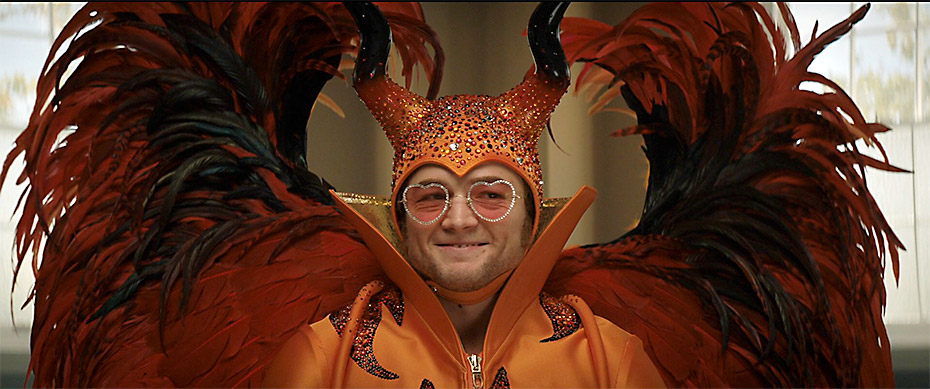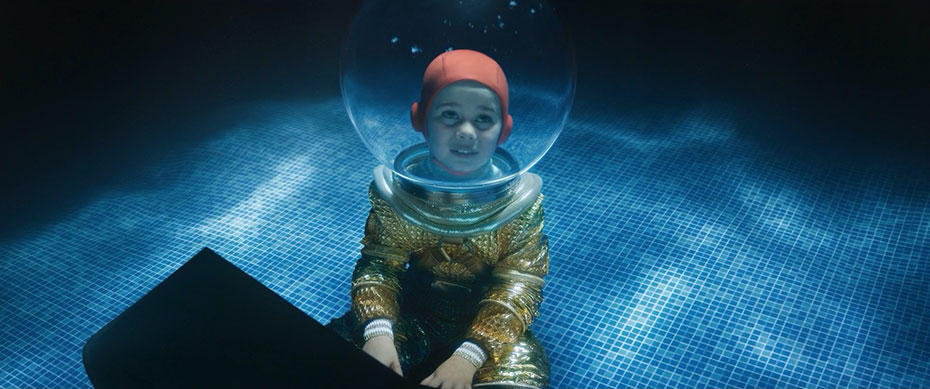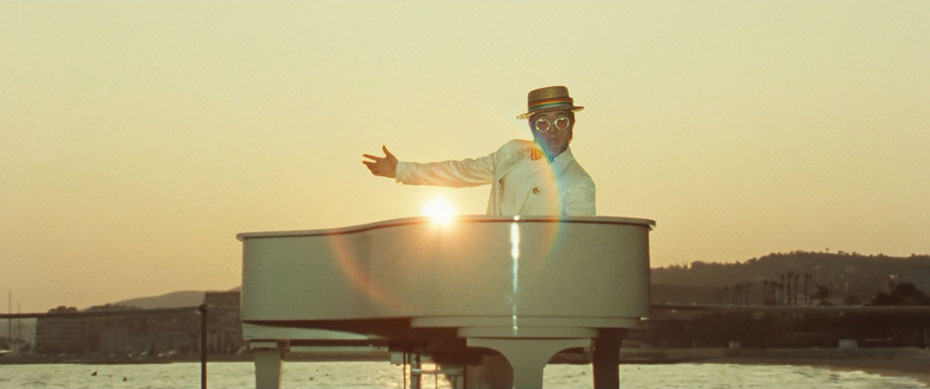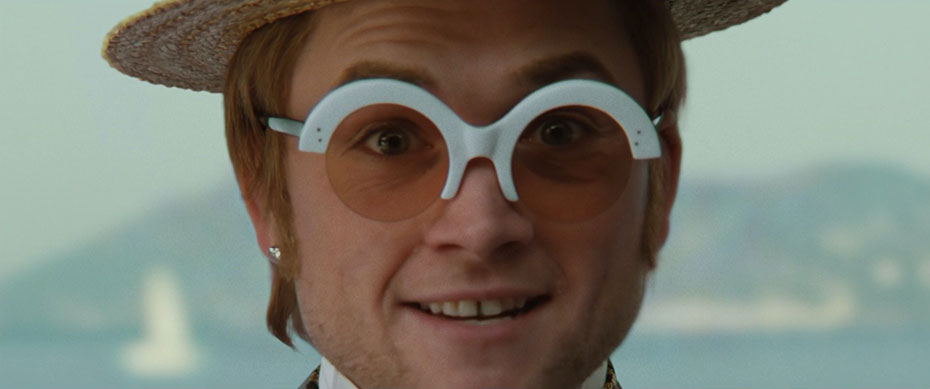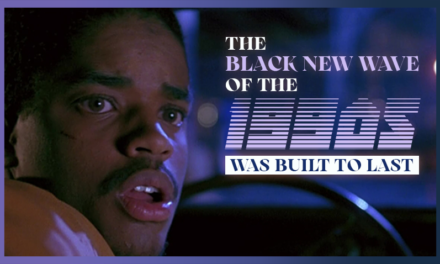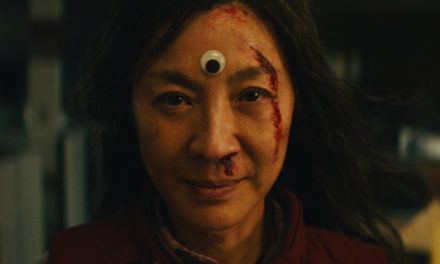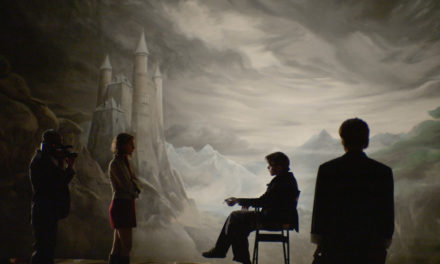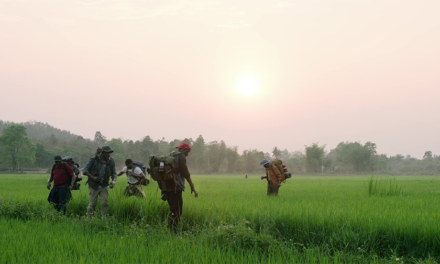THE TUESDAY DROP – 6/29
06.29.21 / New Shots
DAYS OF BEING WILD (1990)
The breakthrough sophomore feature by director Wong Kar-wai, DAYS OF BEING WILD follows the intersecting lives of several people as they drift through Hong Kong. Days of Being Wild was the first of an informal trilogy by Wong Kar-wai, together with In the Mood for Love and 2046. The film also marked his first collaboration with Australian cinematographer Christopher Doyle, with whom he has since made six more films. Doyle’s work on Days of Being Wild is recognized for its intimacy and attention to detail, creating a look that defies the film’s modest budget. With green and blue neon lights often contrasted against deep, rich shadows in the frame, and handheld camerawork that moved in step with its characters, Days of Being Wild is a textural, almost hallucinatory film that gorgeously captures the search for human connection.
THE KILLING OF A SACRED DEER (2017)
THE KILLING OF A SACRED DEER is a 2017 psychological thriller directed by Yorgos Lanthimos. Based on the Ancient Greek tragedy Iphigenia at Aulis, the film follows a cardiac surgeon (played by Colin Farrell) who befriends a teenage boy (Barry Keoghan) with a connection to his past. The Killing of a Sacred Deer was selected to compete for the Palme d’Or at the 2017 Cannes Film Festival. Cinematographer Thimios Bakatakis, who had previously worked with Lanthimos on Kinetta, Dogtooth and The Lobster, wanted to depict the quotidian environments of the film with angst and dread. Inspired by cinematographer John Alcott and painter Edward Hopper, he set out to create distance from the characters and isolate them in the frame. To do this, he shot the majority of the film on ultra-wide-angle lenses (Panavision Ultra Speed and Zeiss Master Primes with focal lengths of 10mm, 12mm and 17mm), and often employed very slow zooms in post to build tension. The effect on the audience is a sense that we are watching the tragic events of the film unfold with chilling inevitability.
FIRST REFORMED (2018)
Paul Schrader’s 2017 drama FIRST REFORMED follows the pastor of a small church in upstate New York (played by Ethan Hawke), whose life begins to spiral out of control. The film was nominated for an Academy Award in the Best Original Screenplay category. First Reformed was shot by American cinematographer Alexander Dynan, who worked with Schrader to create a look inspired by filmmakers such as Robert Bresson, Carl Dreyer and Yasujiro Ozu. All three filmmakers were referenced in Schrader’s 1972 essay Transcendental Style in Film. He praised them for achieving “a spiritual state by means of austere camerawork, acting devoid of self-consciousness, and editing that avoids editorial comment”. Dynan and Schrader decided to shoot the film on the Arri Alexa SXT in a 1.33:1 aspect ratio, and restrict themselves to just three focal lengths on their Arri Master Prime lenses. They also originally intended to shoot the film in black and white as a nod to Pawel Pawlikowski’s Ida. When they ultimately chose to shoot in color, Dynan worked with production designer Grace Yun to mute the palette of the film and give it the feeling of a black and white movie.
BABEL (2006)
BABEL is a 2006 drama directed by Alejandro Gonzalez Inarritu that follows four groups of people on three different continents, all of whom are connected by a single incident. The film was selected to compete for the Palme d’Or at the 2006 Cannes Film Festival, and was nominated for seven Academy Awards, including Best Picture and Best Director. Inarritu worked on Babel with the Mexican cinematographer Rodrigo Prieto, who was a long-time collaborator and a close friend. Prieto began working on Babel with Inarritu and writer Guillermo Arriaga at the script stage, allowing him to come up with a look that could capture each of the three stories distinctly, while still making them feel like they were in the same movie. They shot the Morocco scenes with four different stocks of 16mm film, and went to 35mm film to shoot in Mexico and Japan (the Japanese scenes were shot with anamorphic lenses). The common link across these environments and shooting styles is Brigitte Broch’s production design, where red dominates as the common color theme of the film.
POINT BREAK (1991)
Kathryn Bigelow’s 1991 film POINT BREAK is a cult classic in the crime action genre. The film follows a rookie undercover FBI agent, Johnny Utah (played by Keanu Reeves), who is tasked with uncovering the identities of a group of bank robbers and infiltrates a surfing community in the process. Point Break was Bigelow’s fourth feature film, and her first time working with cinematographer Donald Peterman. Peterman was an experienced Hollywood cinematographer who had previously worked on films such as Flashdance, Splash, Star Trek IV: The Voyage Home and Planes, Trains and Automobiles. Together, he and Bigelow crafted a dynamic action thriller that never lost sight of the inner lives of its characters, allowing the performances of its stars Keanu Reeves and Patrick Swayze to become among their most memorable.
APARAJITO (1956)
The second installation in Satyajit Ray’s iconic Apu Trilogy, APARAJITO starts where its predecessor Pather Panchali ended. The film follows the life of a young man, Apu, and his family, after their move to the Indian city of Varanasi. Ray had not originally intended to make a sequel to Pather Panchali, but was convinced to after the critical and commercial success of the film. While Aparajito was less well-received in India, the film had an overwhelmingly positive international reception, including winning the Golden Lion at the Venice Film Festival. Ray worked with frequent collaborators such as composer Ravi Shankar and cinematographer Subrata Mitra on Aparajito, and sought to push their neo-realist approach to Pather Panchali towards slightly more “conventional” territory. Ray and Mitra accomplished this in contrasting the domestic life of Apu (shot in a more neorealist, free-flowing style) with his life in the city, which was filmed in a more static, conventional manner. This approach creates a visual language consistent with the theme at the heart of the film – progress versus tradition, and the conflict between the two.
ATONEMENT (2007)
Joe Wright’s 2007 romantic war drama ATONEMENT was based on Ian McEwan’s 2001 novel of the same name. The film was nominated for seven Academy Awards, including Best Picture and Best Cinematography for cinematographer Seamus McGarvey. McGarvey and Wright wanted to create distinct looks for the different time periods of the film while maintaining a consistent visual grammar. They decided to shoot the film in a Super 1.85:1 aspect ratio on 35mm film, but experimented with exposure and filtration to create distinct looks. For example, in part one of the movie, the film was underexposed in order to allow windows to blow out and give a sense of extreme heat, while a filter made from a black silk stocking was placed behind the lens to soften the images. The stocking filter was taken out for part two, and the film was overexposed slightly, creating more contrast and changing the mood of the movie as it moved forward to its new chapters.
THE PEANUT BUTTER FALCON (2019)
THE PEANUT BUTTER FALCON is the debut feature from directors Tyler Nilson and Michael Schwartz. A modern retelling of the Huckleberry Finn story, the film follows a young man living with Down syndrome who escapes an assisted living facility and befriends a fisherman on the run. The film debuted at the 2019 South by Southwest Film Festival, and went on to be the highest grossing independent feature of the year. The Peanut Butter Falcon was shot by New Zealander Nigel Bluck, who was known for his work on True Detective Season 2, as well as his second unit work on the Lord of the Rings franchise. Due to the run-and-gun, outdoor nature of production, Bluck shot a lot of the film with two cameras. Bluck’s key to doing this was to light for the entire scene, rather than shot by shot. He would often try to backlight the film’s master shots, allowing for consistent lighting once coverage moved to over-the-shoulder shots or singles. In doing so, he was able to cut the film’s set-ups down significantly, allowing for a more spontaneous, free-flowing experience for the directors and the cast.
THE KING OF MARVIN GARDENS (1972)
THE KING OF MARVIN GARDENS is a 1972 drama directed by Bob Rafelson and starring Jack Nicholson, Bruce Dern and Ellen Burstyn. Set during the winter in Atlantic City, the film follows a daydreaming schemer who convinces his radio personality brother to help fund one of his get-rich-quick schemes. The film was shot by legendary Hungarian-American cinematographer László Kovács, who had previously worked with Rafelson on Five Easy Pieces. Part of the film’s symbolism comes from the way that the different districts of Atlantic City are captured in the film. Many of them, including Marvin Gardens, are known to the American public as squares in the original Monopoly game. In capturing that feeling, Kovacs and Rafelson create a poignant portrait of the American dream, and the ways in which it can let us down.
ROCKETMAN (2019)
ROCKETMAN is a 2019 biographical musical fantasy drama based on the life and music of British musician Elton John, directed by Dexter Fletcher and starring Taron Egerton. The film follows Elton John in his early days at the Royal Academy of Music, through his musical partnership with Bernie Taupin. Rockeman was shot by British cinematographer George Richmond, who had previously worked with Fletcher on Sunshine on Leith, and had also shot big-budget Hollywood films such as Eddie the Eagle and Tomb Raider. Richmond shot Rocketman using a Panavision ARRI Alexa with a Super 35 chip on G Series anamorphic lenses in order to buck the trend of shooting musicals on large-format cameras. By choosing this camera and lensing approach, Richmond managed to evoke the 1950s to 70s period of the film, while also keeping the camera lightweight enough to move with and capture the energy of Elton John’s performances.


